Michael Graves Design creates "visually appealing" medical furniture for CVS
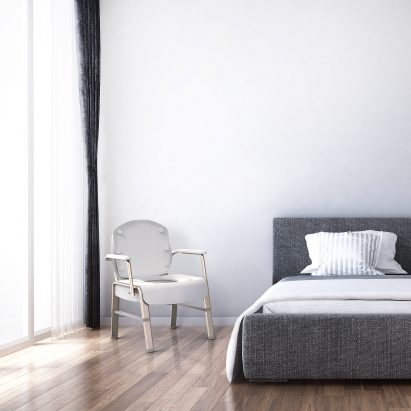
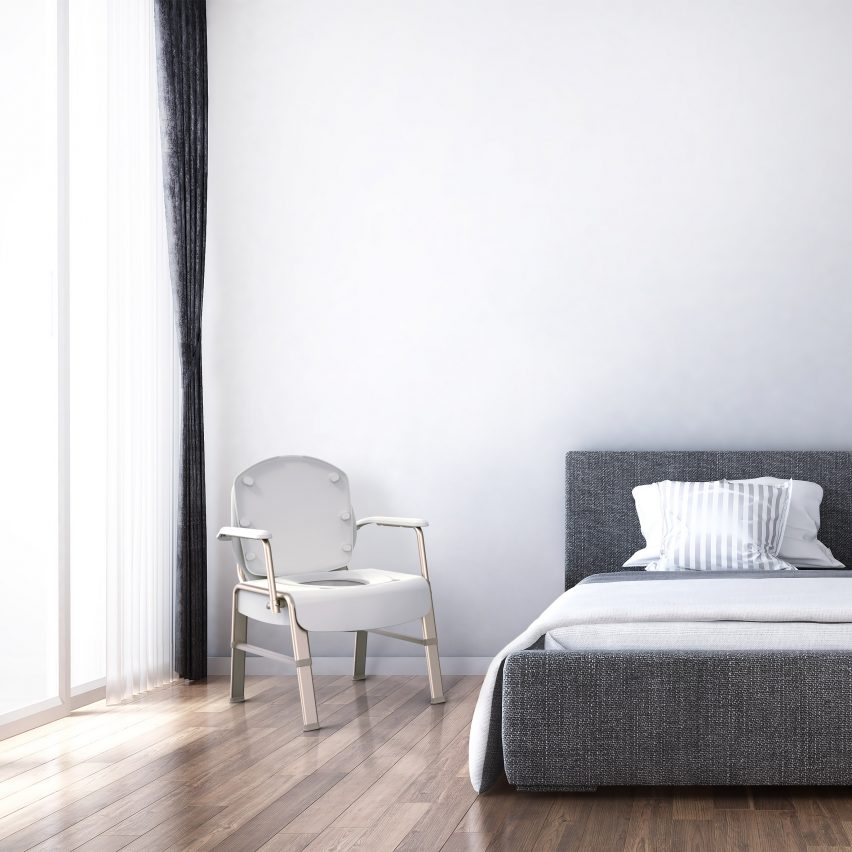
American studio Michael Graves Design has created a collection of home healthcare products for a major US pharmacy that is meant to "enhance people's lives with moments of joy".
The collection, called CVS Health by Michael Graves Design, features six items that fall into one of two categories – mobility or bath safety. The products include a shower chair designed to look like real furniture and a foldable walker.
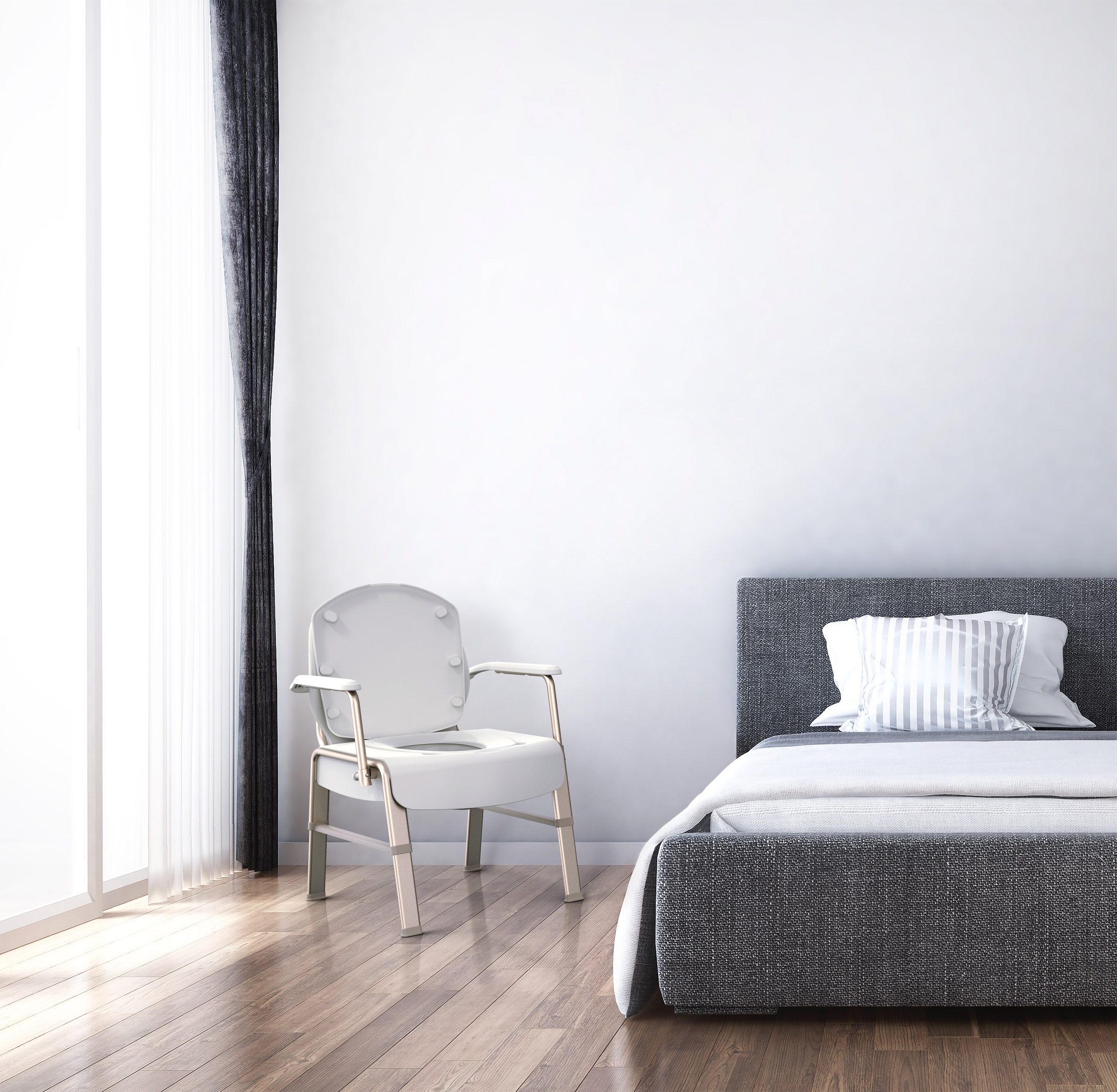 CVS Health by Michael Graves Design is a range of accessible products for the home
CVS Health by Michael Graves Design is a range of accessible products for the home
Michael Graves Design, which was founded by AIA Gold Medal-winning architect Michael Graves, began the design process with a research phase that included interviews and in-house observations with users, caregivers and clinicians.
That research informed the design of the final products, which are intended to be both attractive and highly functional – a rarity in the world of home medical equipment.
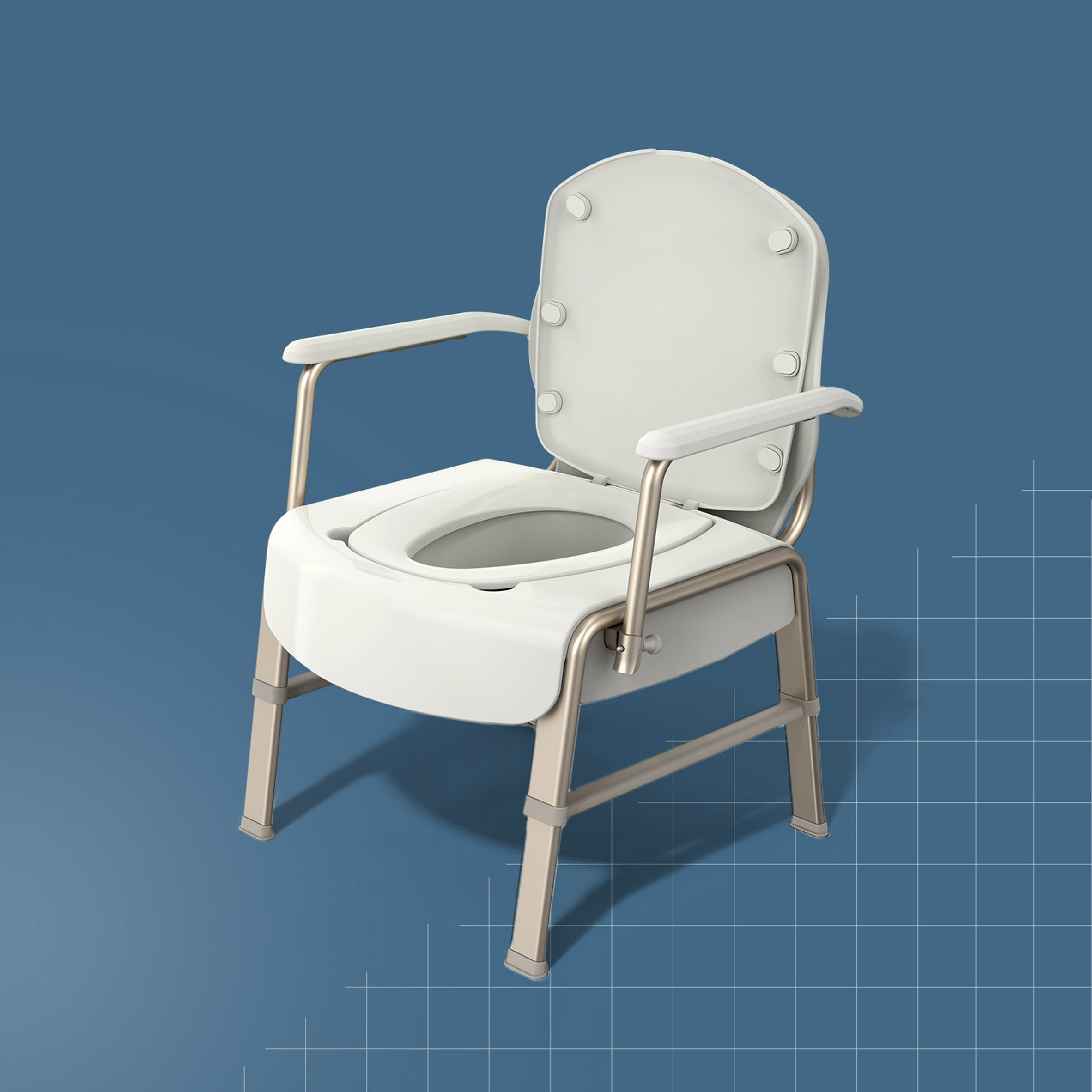 Michael Graves Design created the collection for the popular US pharmacy chain
Michael Graves Design created the collection for the popular US pharmacy chain
"We are reinventing the home healthcare category with products that are research-insight driven, visually appealing, full of character and purpose, and that enhance people's lives with moments of joy," said the New Jersey-based studio.
The products help elevate the "quality and dignity that consumers should expect", said design principal Donald Strum.
"We are thrilled by the collaboration and the powerful change it will bring to disabled people, elders and the people who provide care for all of us."
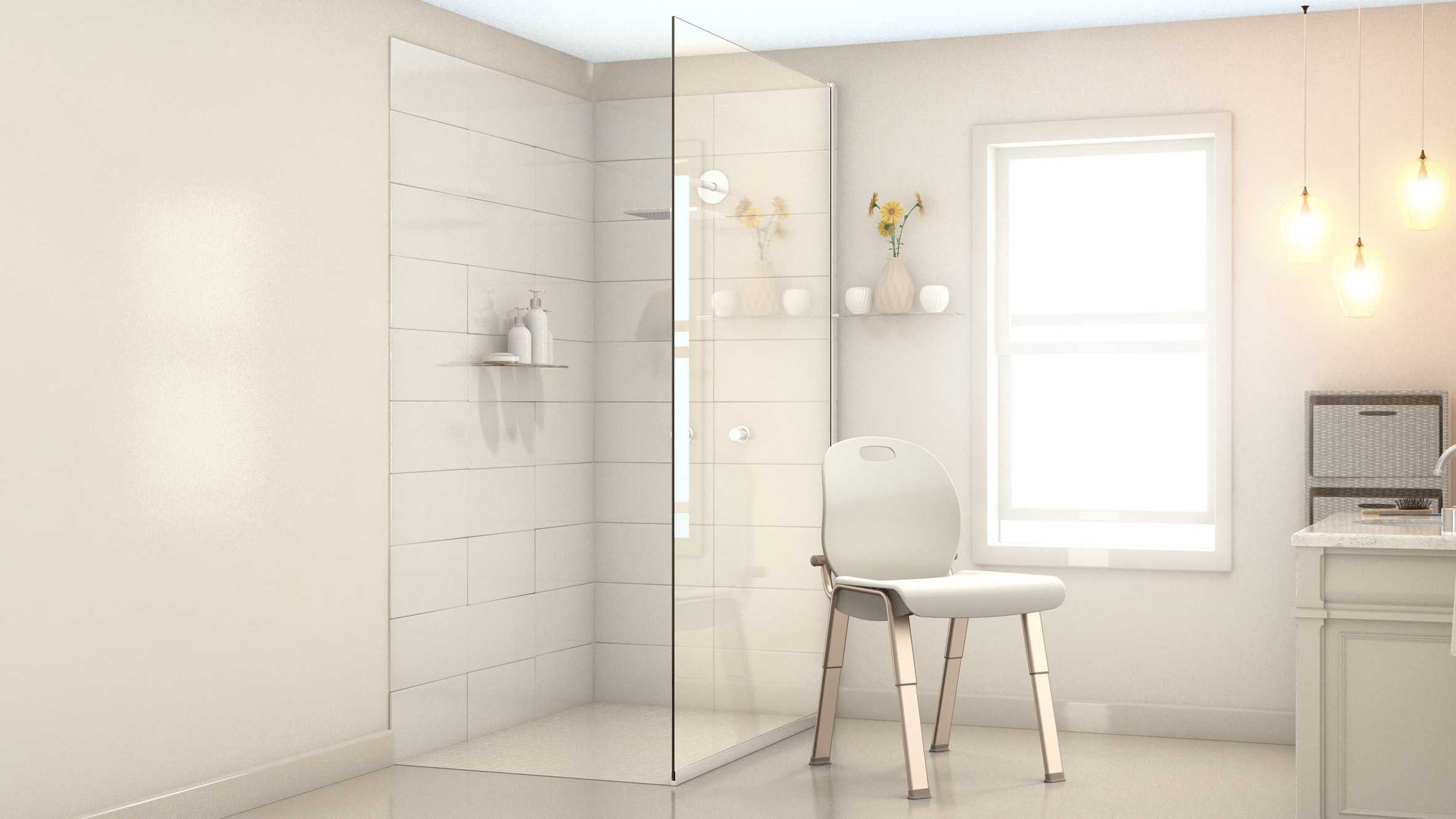 The range can be divided into mobility and bath safety products
The range can be divided into mobility and bath safety products
Among the bathroom products is a shower chair that converts to a stool. It features a rustproof aluminum frame, a contoured seat that wicks away water, a removable backrest, and a built-in holder for a shower sprayer.
The Convertible Shower Chair & Stool is designed to mimic "actual furniture", and to blend with contemporary bathroom finishes and materials.
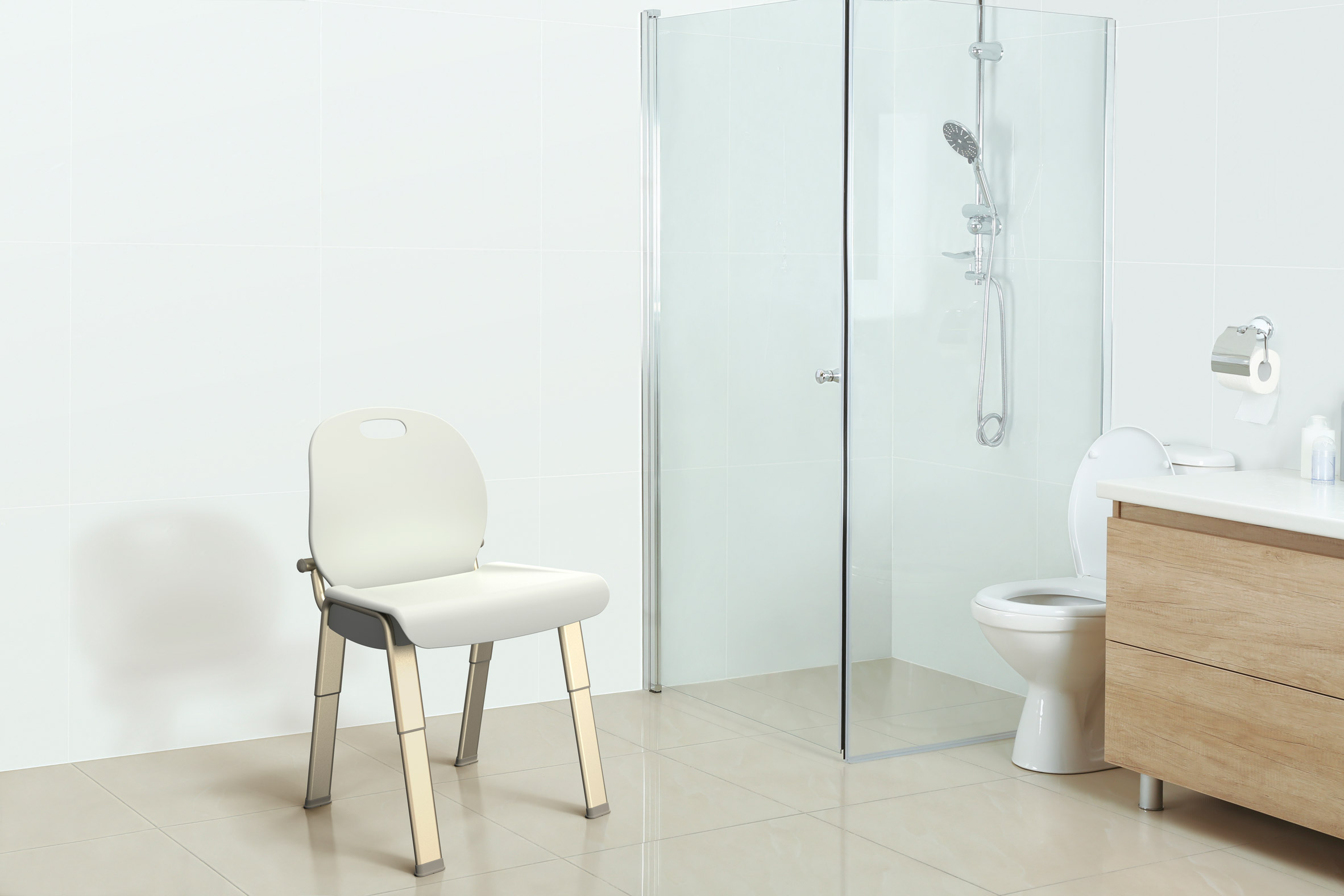 The Convertible Shower Chair & Stool has a rust-proof frame
The Convertible Shower Chair & Stool has a rust-proof frame
The bath line also includes a 3-in-1 Comfort Commode that is suitable for a bedroom, living room or bathroom. It includes swing-away armrests and an extra-wide lid that enables the piece to be used as a chair.
Also in the bath line is the Raised Toilet Seat with a quick-locking mechanism that enables it to be connected and removed without the use of tools.
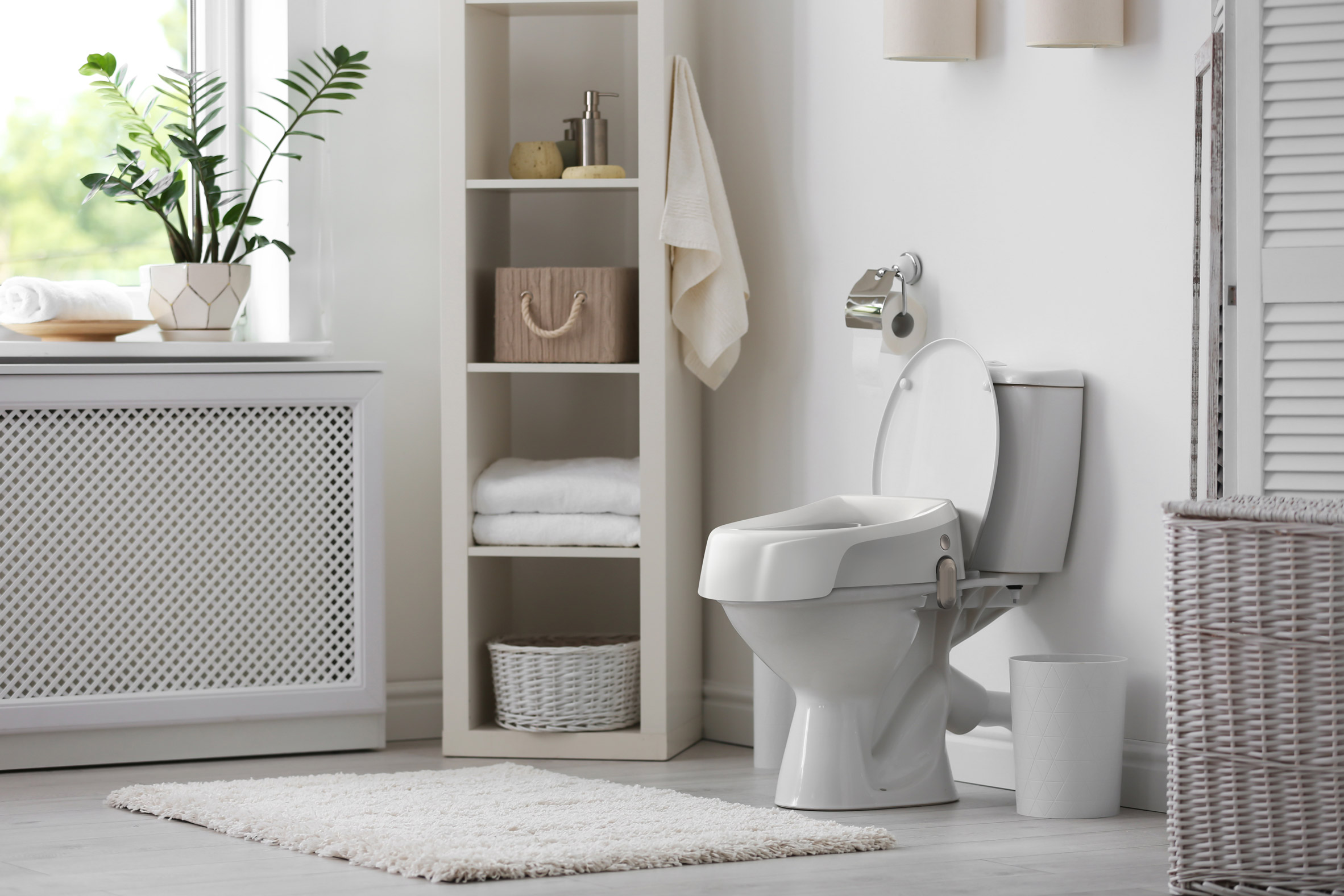 Raised Toilet Seat has a quick locking mechanism
Raised Toilet Seat has a quick locking mechanism
For the mobility line, the team conceived the Easy Fold Travel Walker. This has two wheels and a grip that angles down toward the front, helping improve the user's posture and wrist comfort. Other features include integrated brakes and easy height adjustment, along with a foldable design.
"Its unique centre column chassis looks cool, and also facilitates easier fold, better balanced carry and easier storage," the team said.
[ 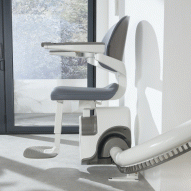
Read:
Pearson Lloyd attempts to shift stigma around stairlifts with Flow X
](https://www.dezeen.com/2021/05/05/flow-x-stairlift-pearson-lloyd-design/)
The other mobility aids are the C Grip Cane, which has a crescent-shaped handle, and the Folding Cane, which is easy to store and has magnets that keep it securely folded up.
In addition to being lightweight and height adjustable, both canes feature square-shaped shafts made of aluminium and two interchangeable feet. They are offered in several colours.
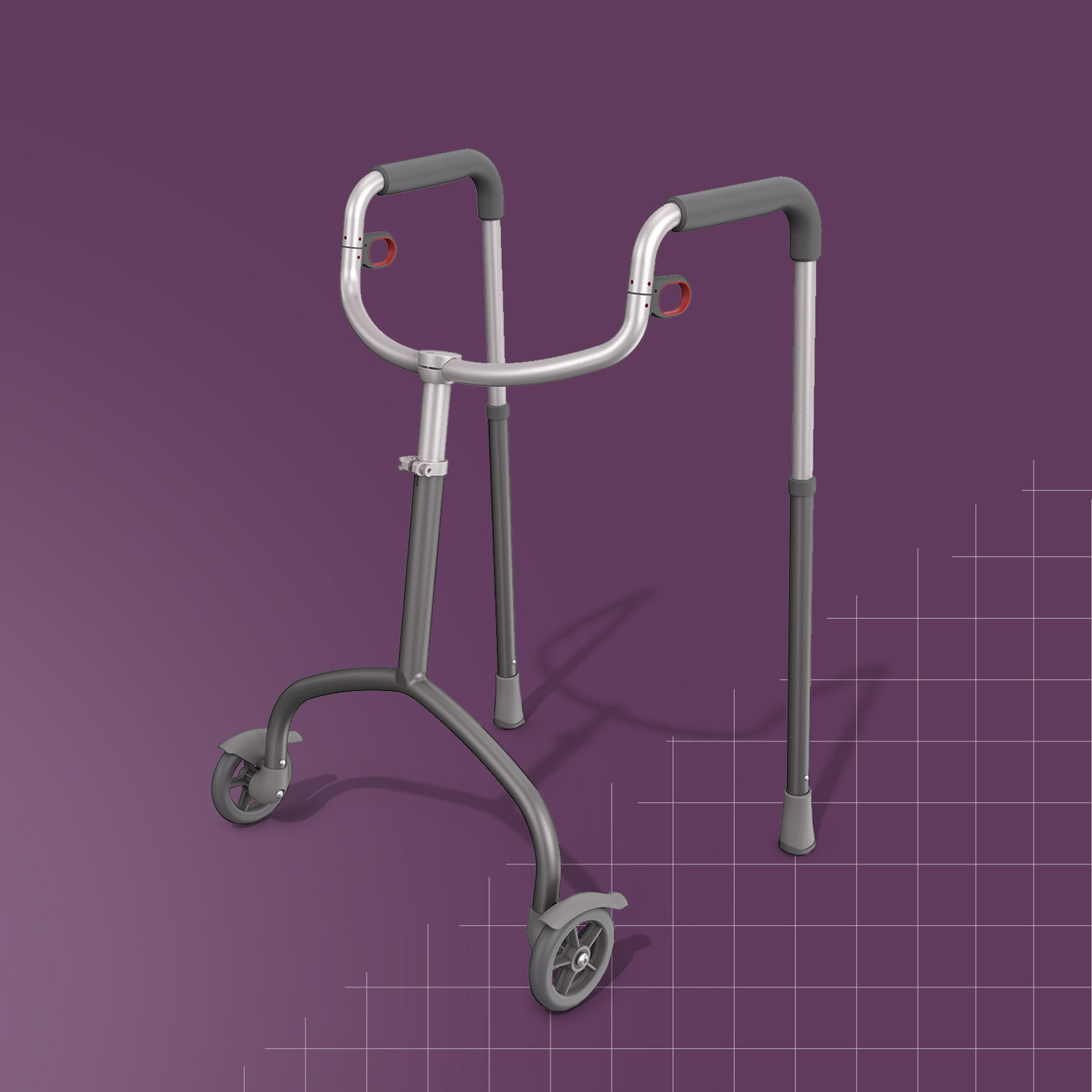 Easy Fold Travel Walker is a foldable zimmer frame
Easy Fold Travel Walker is a foldable zimmer frame
The healthcare products align with the spirit of Michael Graves Design, which was founded in 1964 by Graves, who died in 2015 at the age of 80.
In addition to noted architectural works such as Oregon's Portland Building, Graves designed mass consumer products for companies such as Alessi, Target and JC Penney.
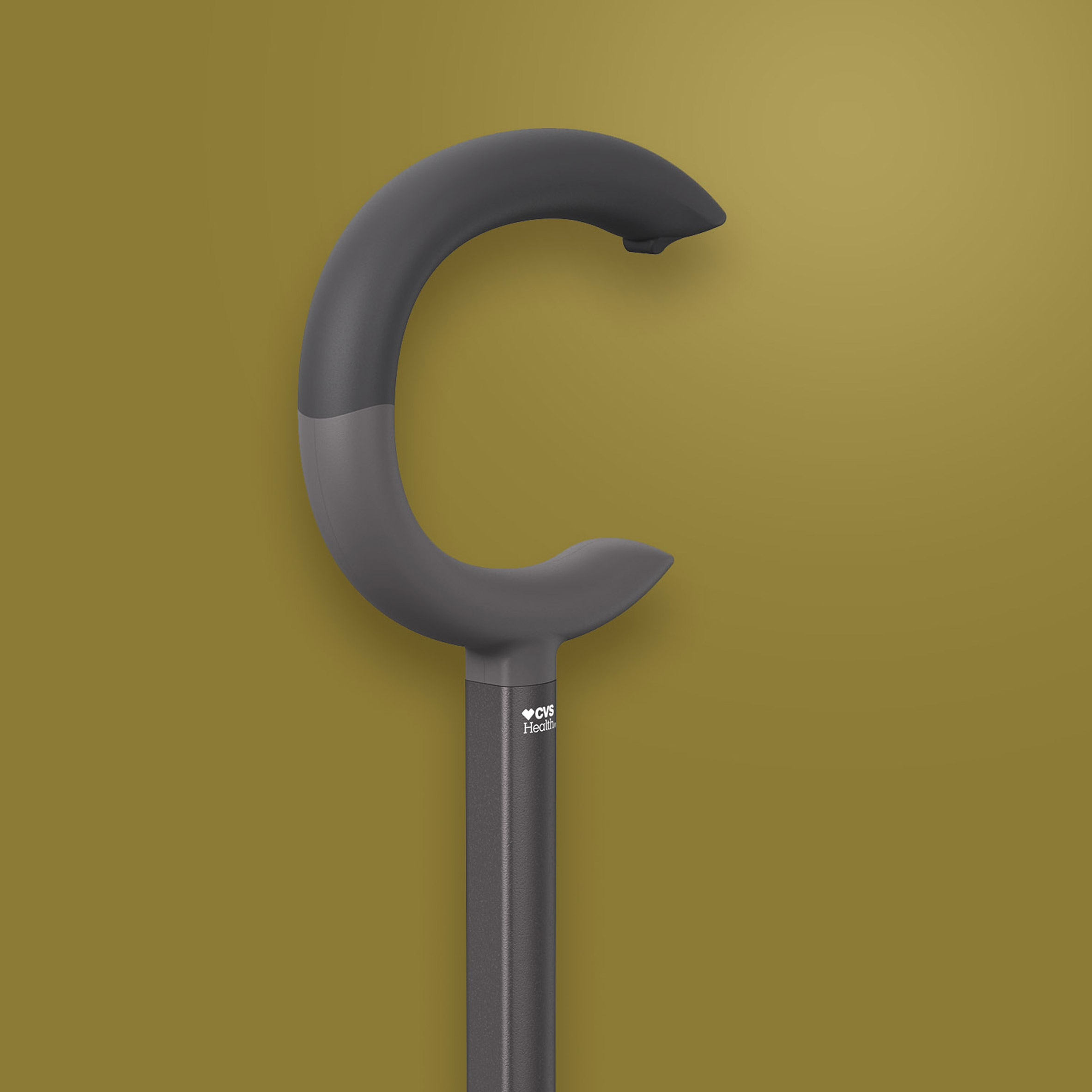 The two canes in the collection are made with aluminium shafts
The two canes in the collection are made with aluminium shafts
After Graves became paralysed in 2003 due to an infection, he adapted his Princeton, New Jersey, home for life in a wheelchair.
Graves became an advocate for accessible design and created related products, such wheelchairs and hospital furnishings. His aim was to improve healthcare and the caregiving experience through design.
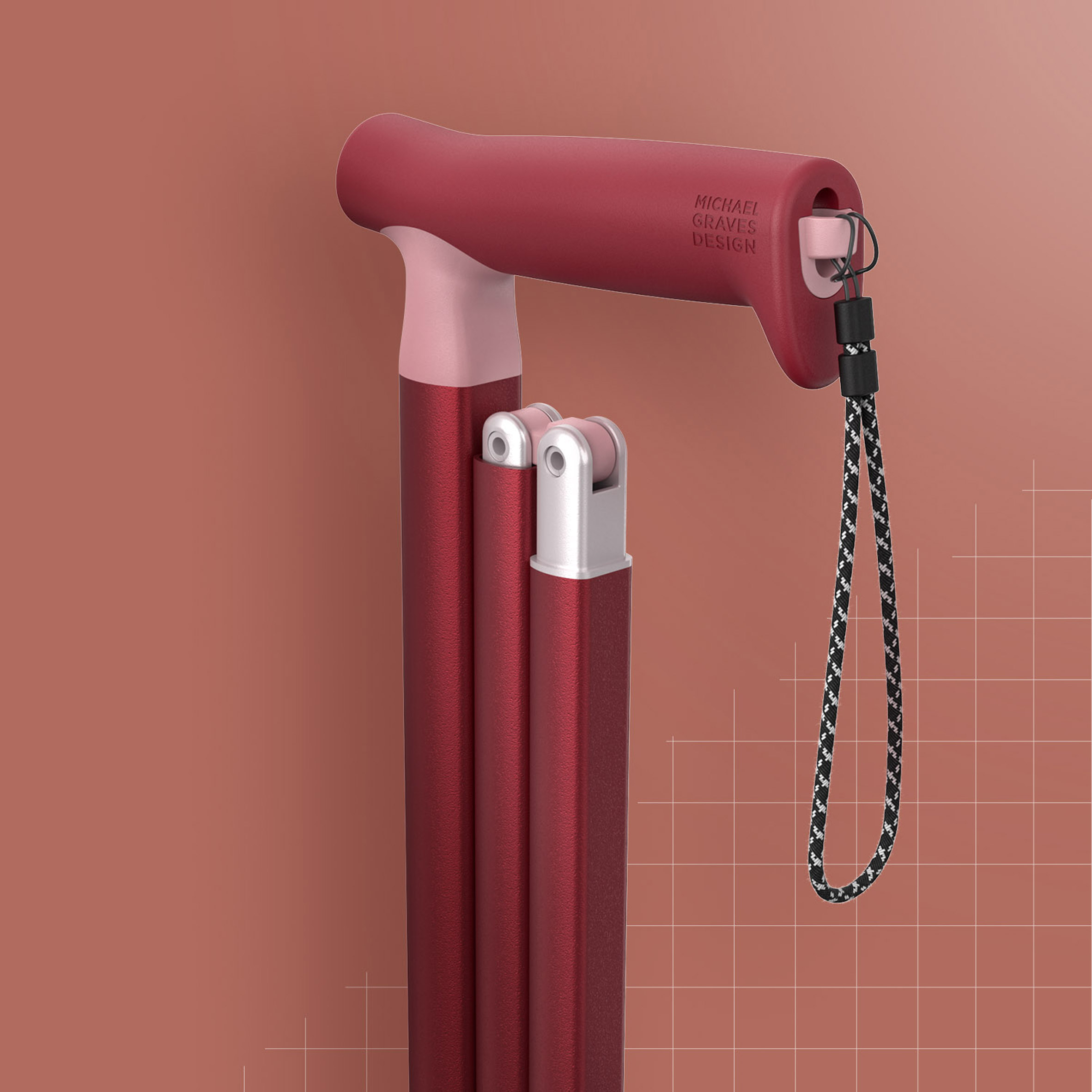 They both come in a range of colours
They both come in a range of colours
"Michael became a passionate voice among the disabled and used the power of design to improve healthcare experiences for patients, families and clinicians," his firm said.
CVS – one of the top American pharmacies – said it selected Michael Graves Design because it was a "design for all" pioneer that was "uniquely qualified to design transformative home healthcare products".
Other medical products include Flow X by Pearson Lloyd, a stairlift for the home that is meant to be aesthetically appealing, and a lightweight wheelchair by Phoenix Instinct that uses smart technology to improve its functionality.
The photography is byCVS Pharmacy.
The post Michael Graves Design creates "visually appealing" medical furniture for CVS appeared first on Dezeen.
#all #design #products #furniture #accessibledesign #michaelgraves #healthproducts
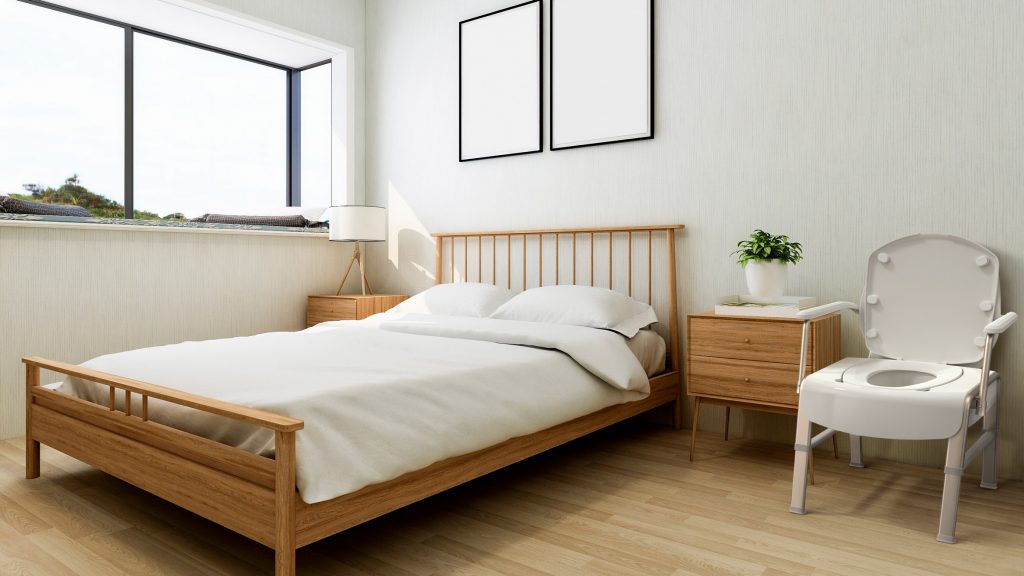
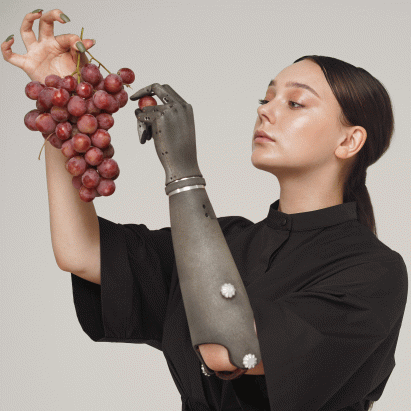
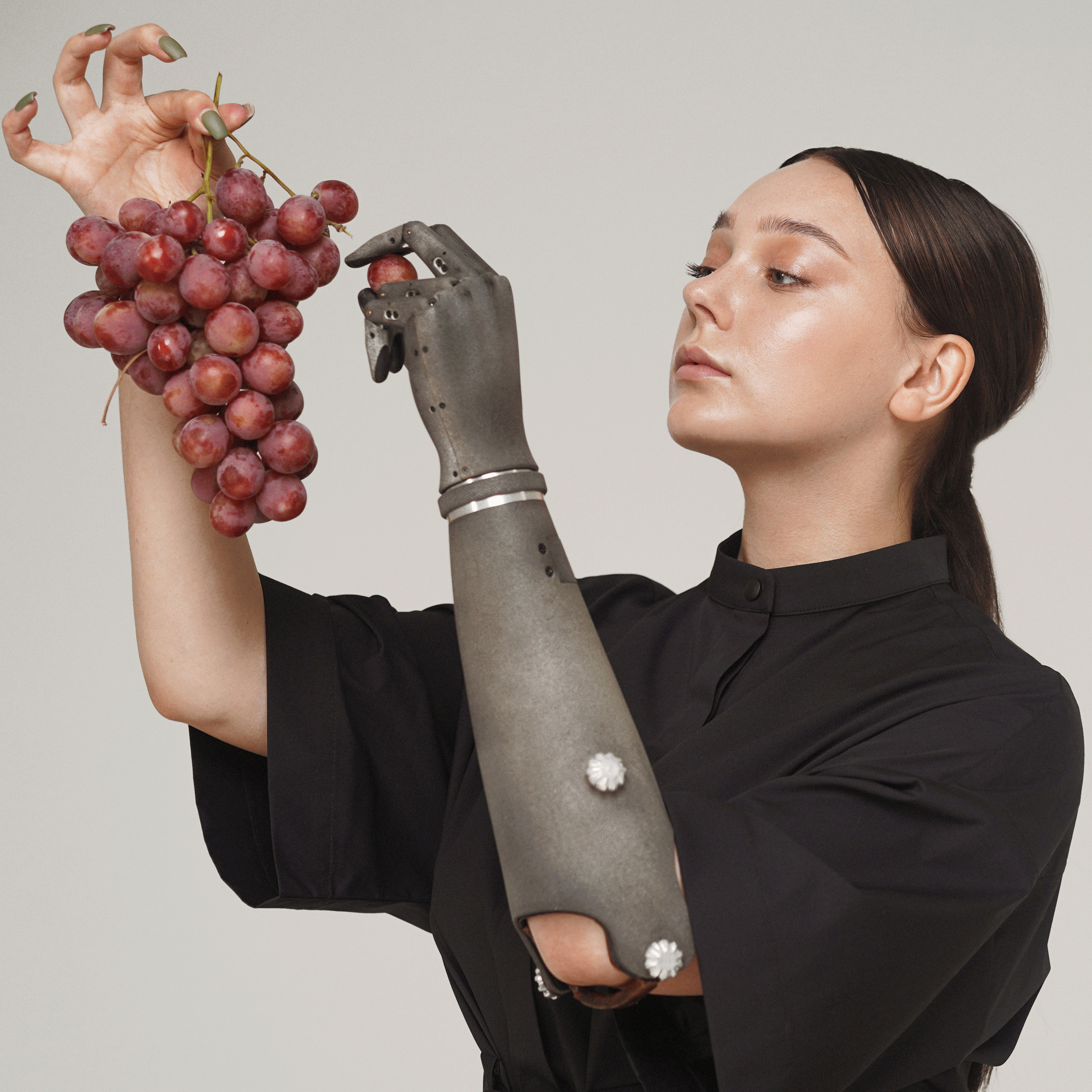
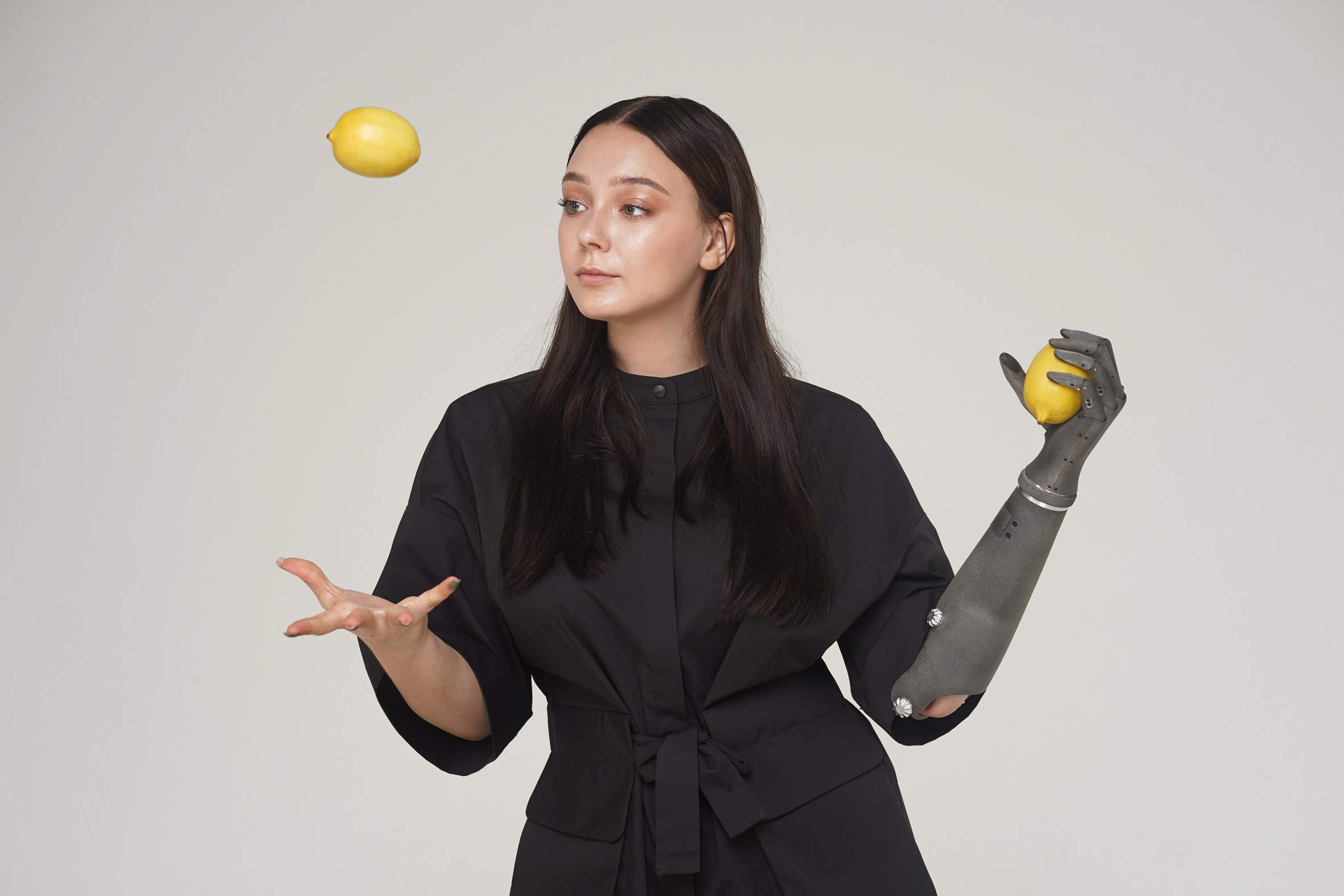 Esper Hand is a prosthetic arm that can be controlled by the mind
Esper Hand is a prosthetic arm that can be controlled by the mind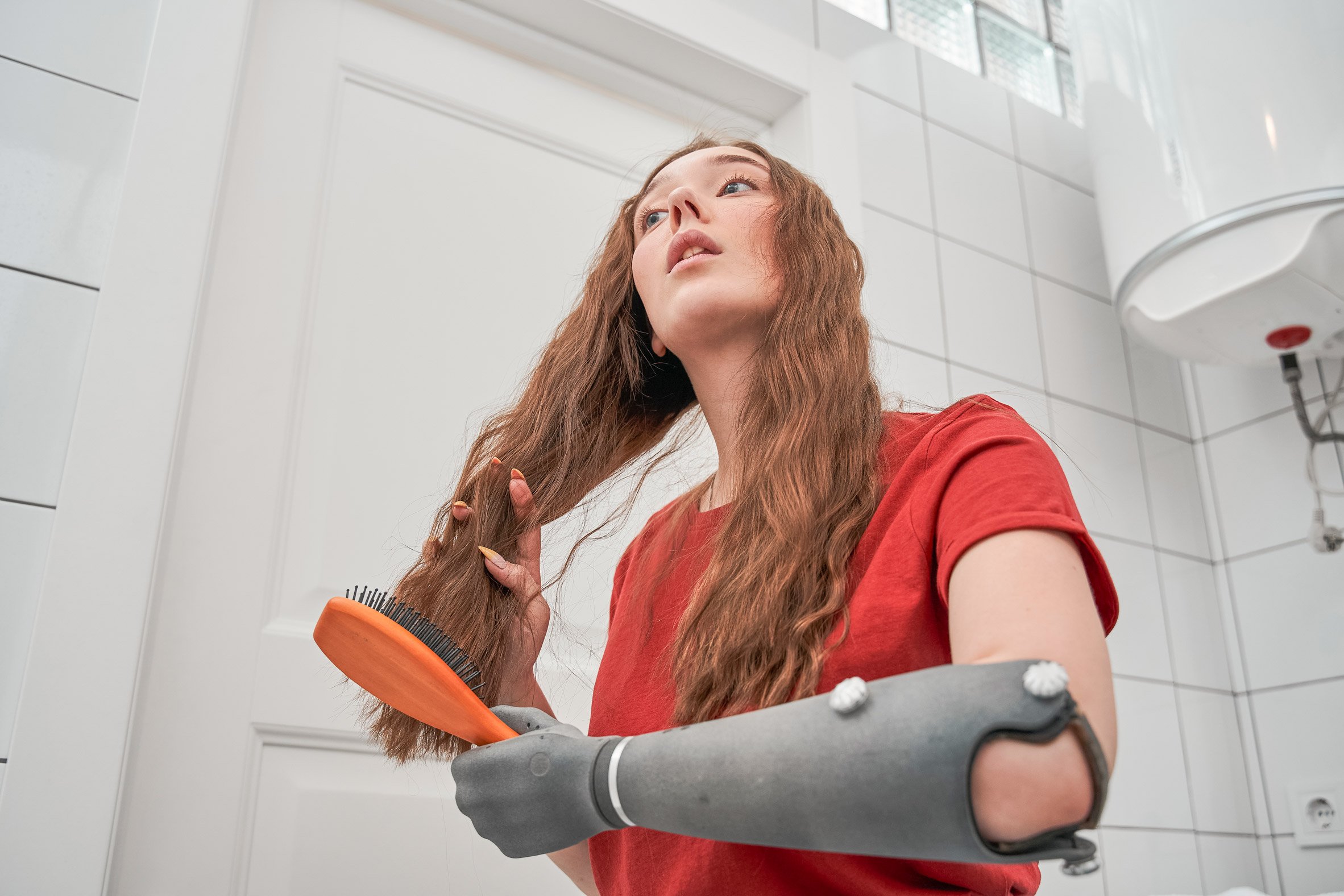 It has over 30 sensors that gather information from the wearer's skin
It has over 30 sensors that gather information from the wearer's skin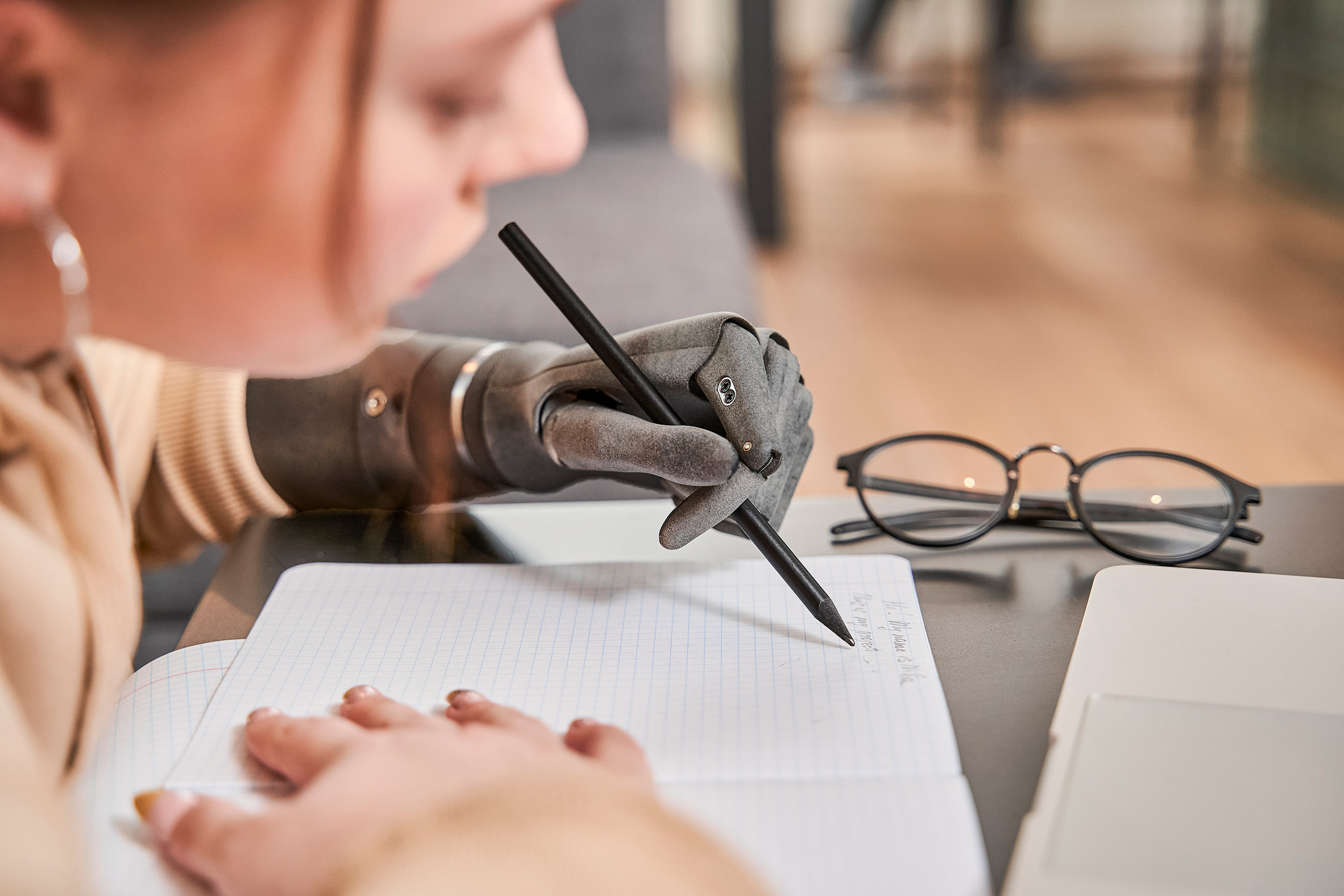 These electrical cues dictate how the arm moves
These electrical cues dictate how the arm moves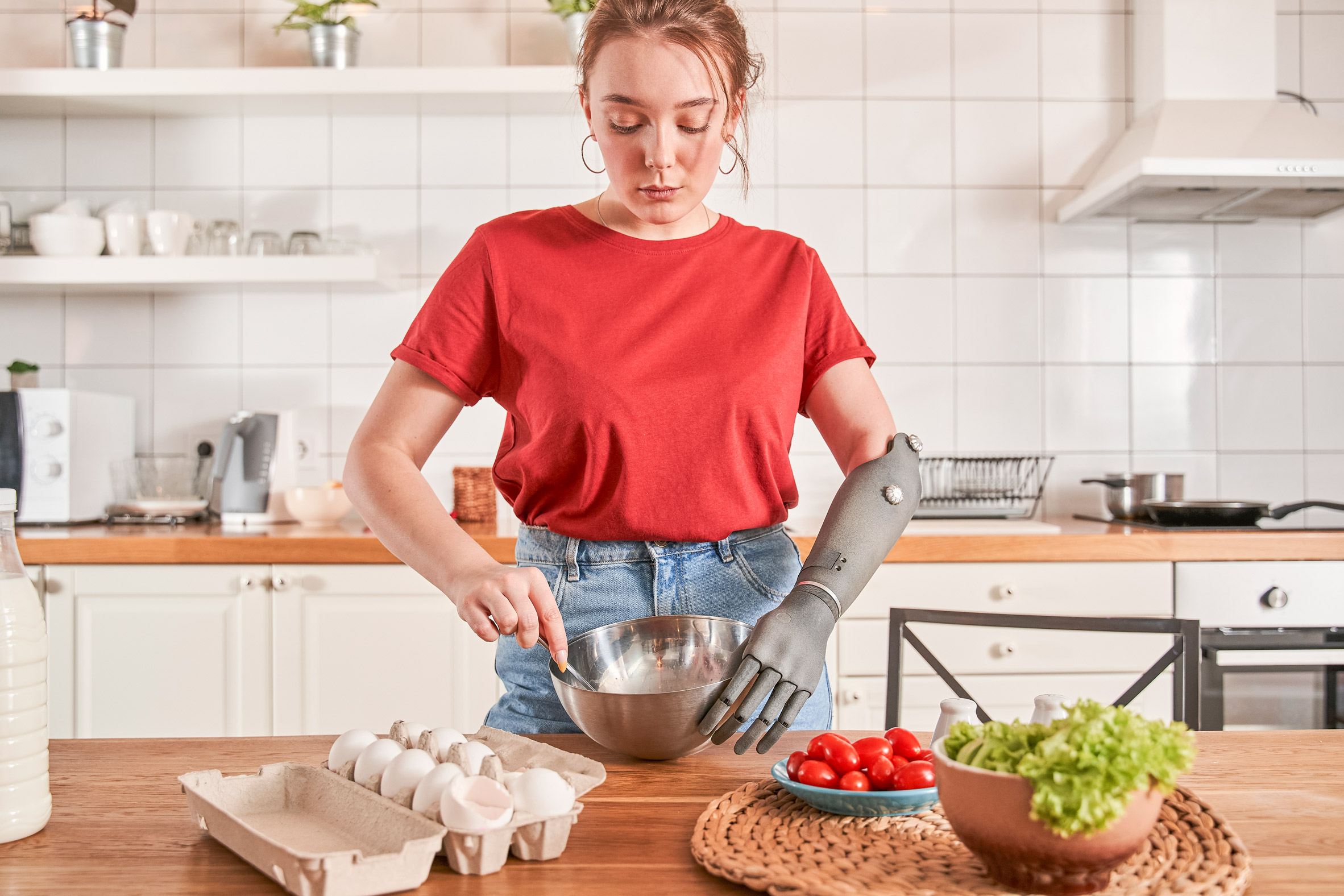 The arm comes in four sizes and five colours
The arm comes in four sizes and five colours
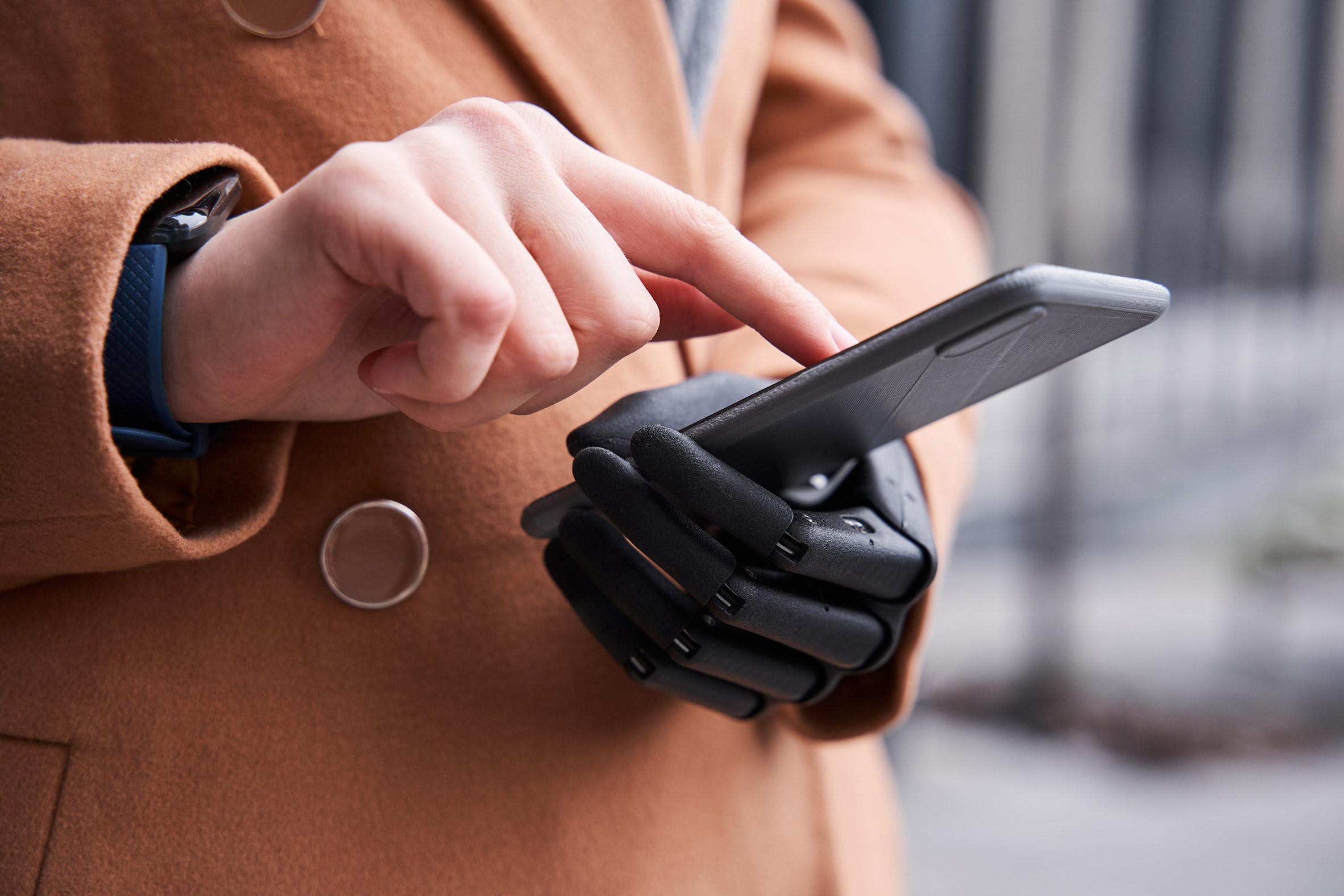 Esper Hand can be connected to a cloud-based platform via a smartphone
Esper Hand can be connected to a cloud-based platform via a smartphone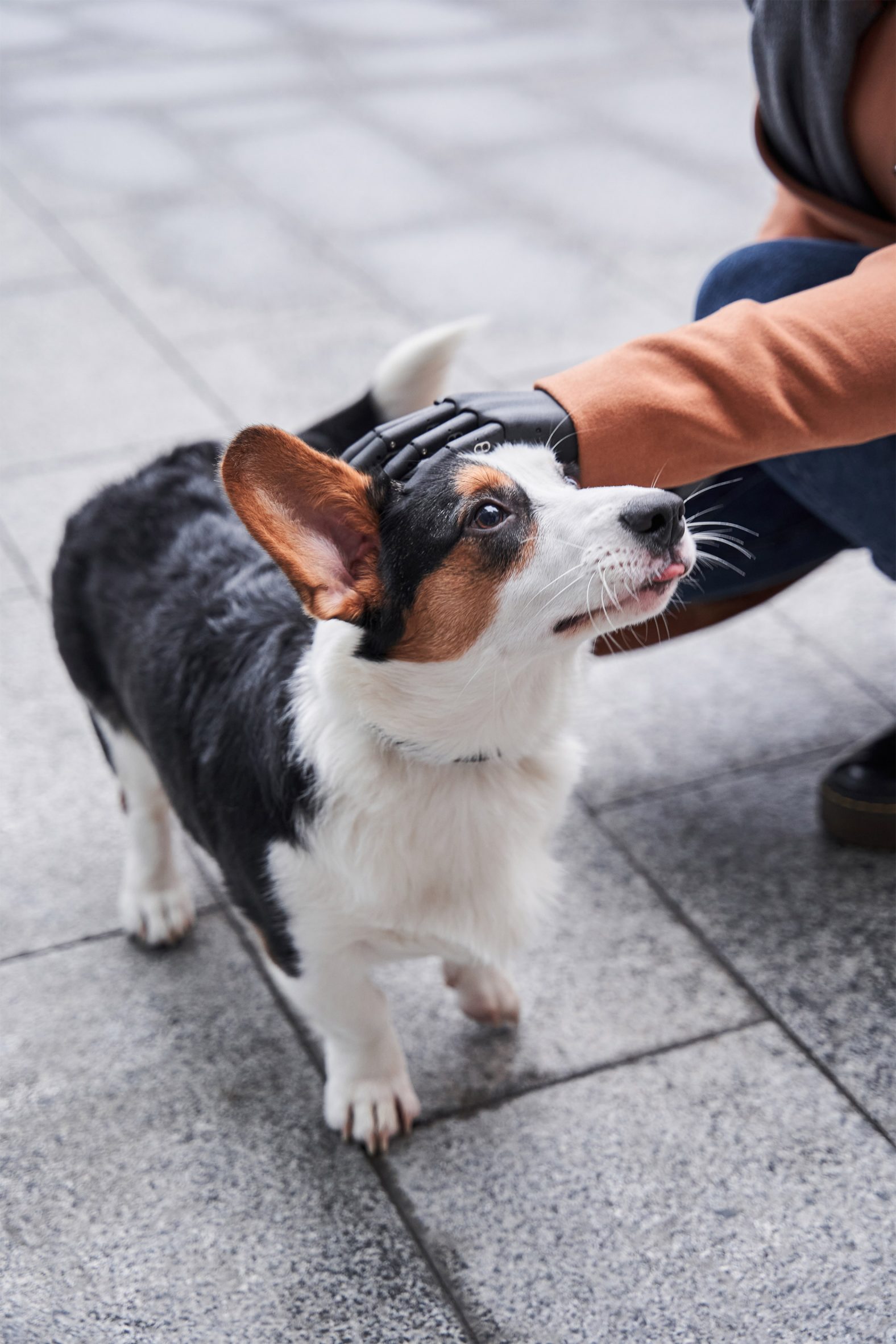 The arm can form multiple common grasps
The arm can form multiple common grasps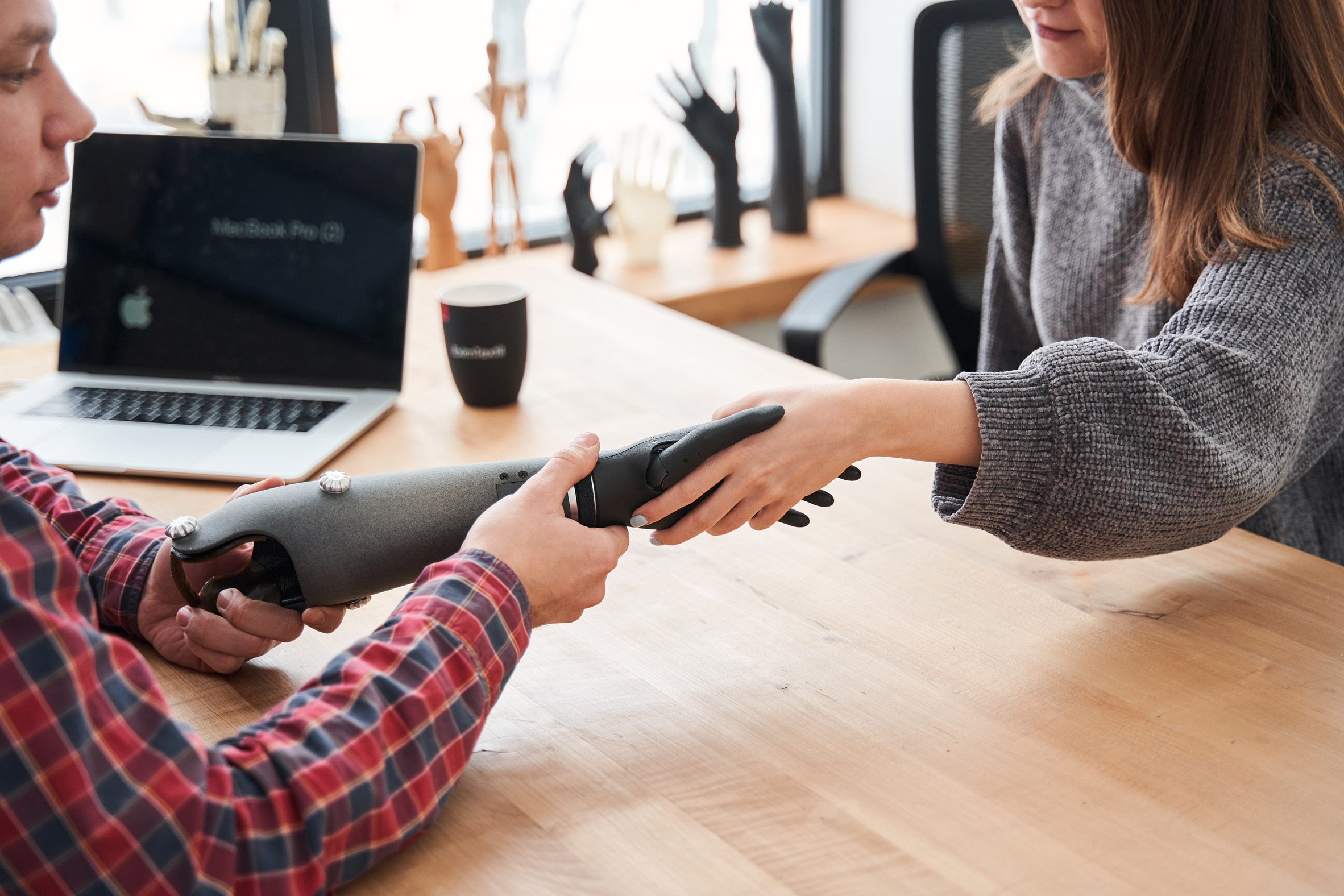 It is made from plastic and metal
It is made from plastic and metal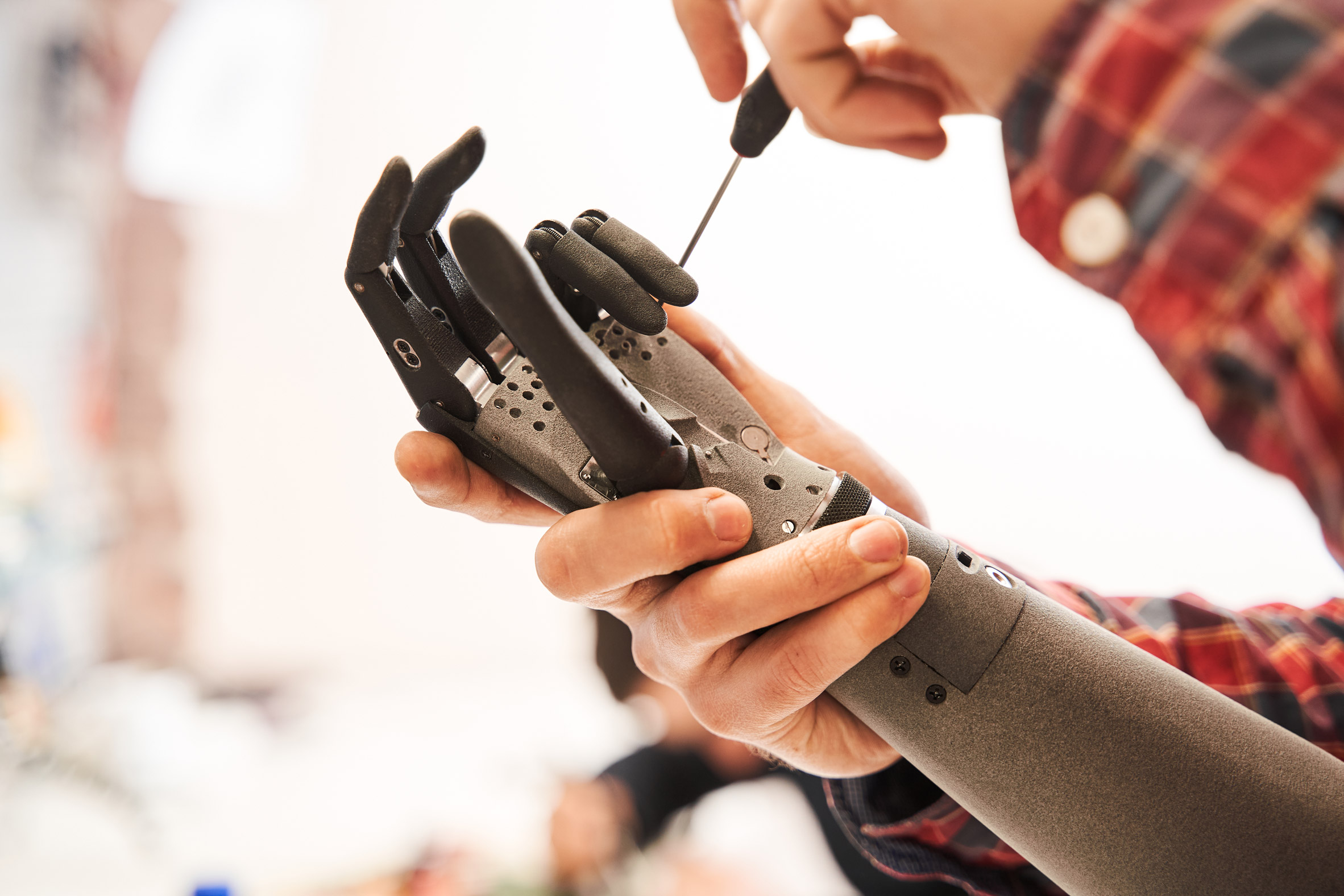 The arm weighs just 380 grams
The arm weighs just 380 grams
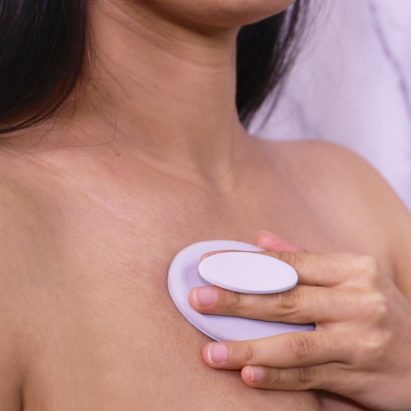
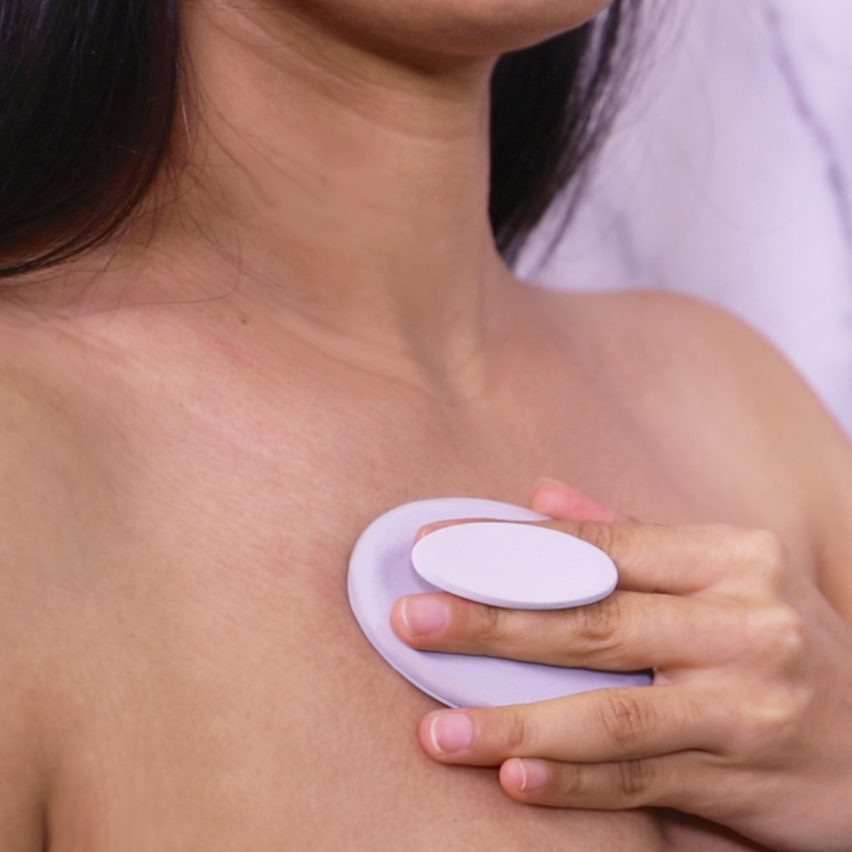
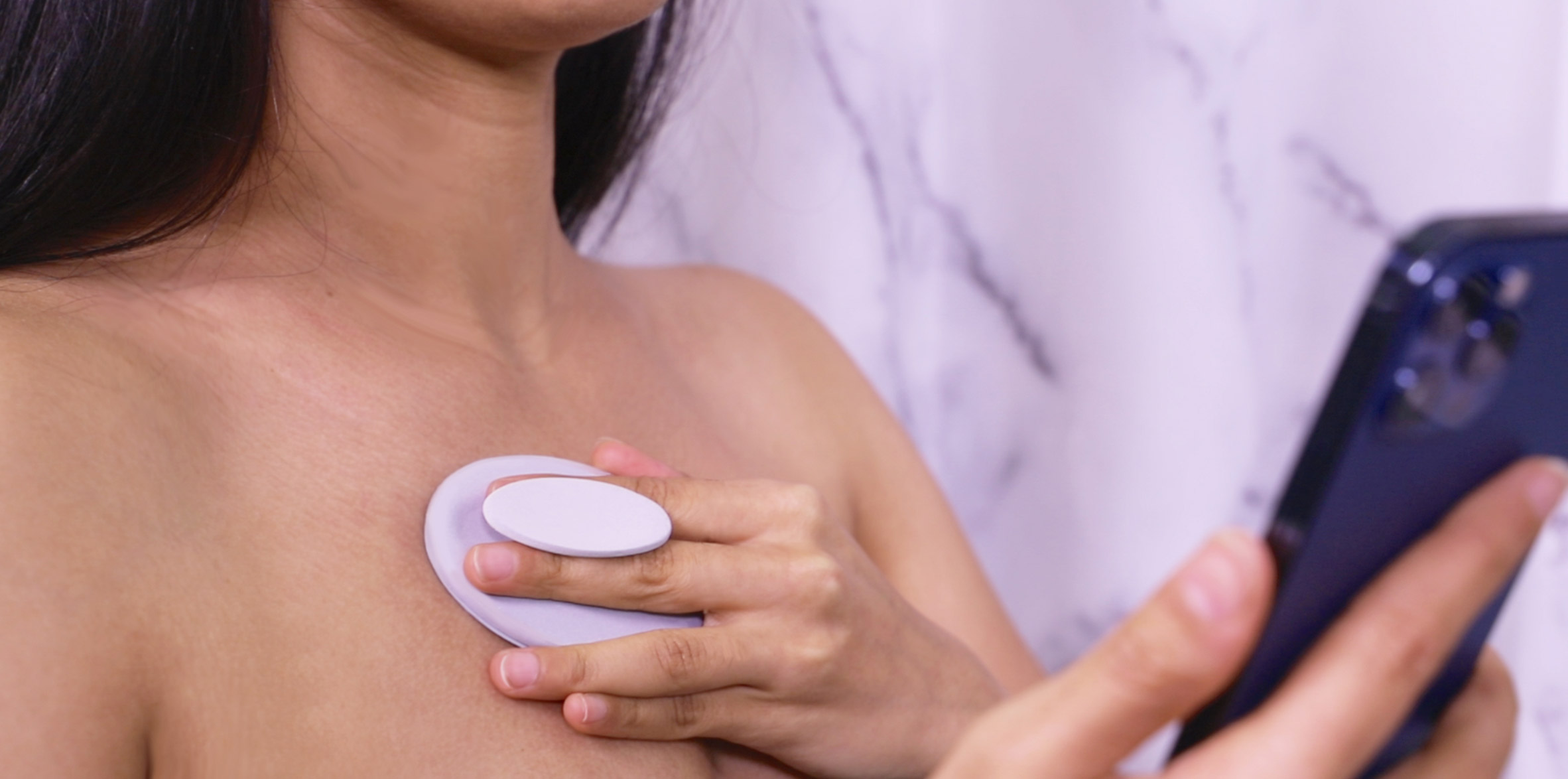 Dotplot is a breast monitoring device
Dotplot is a breast monitoring device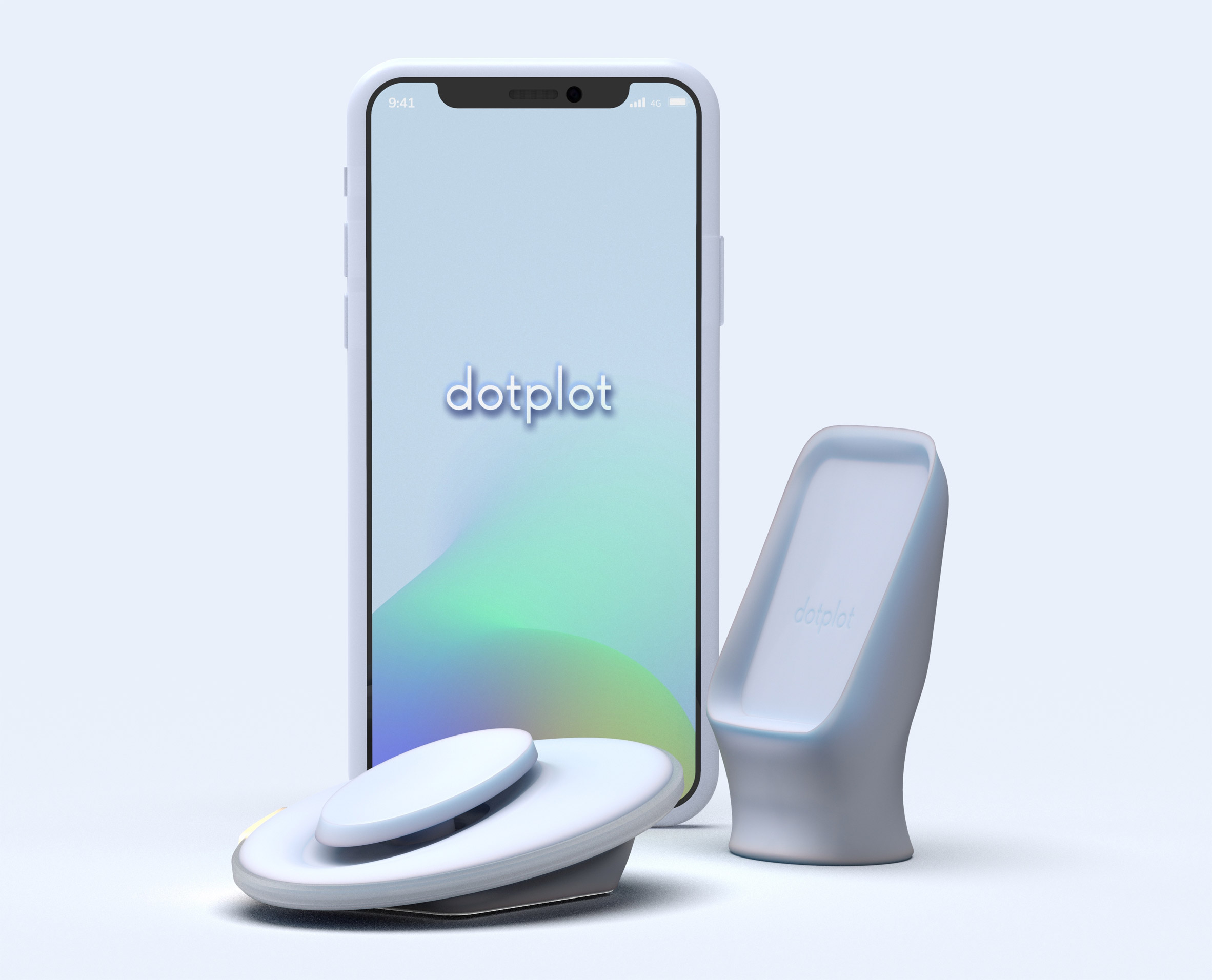 It uses sensing technology to create a map of the user's breasts
It uses sensing technology to create a map of the user's breasts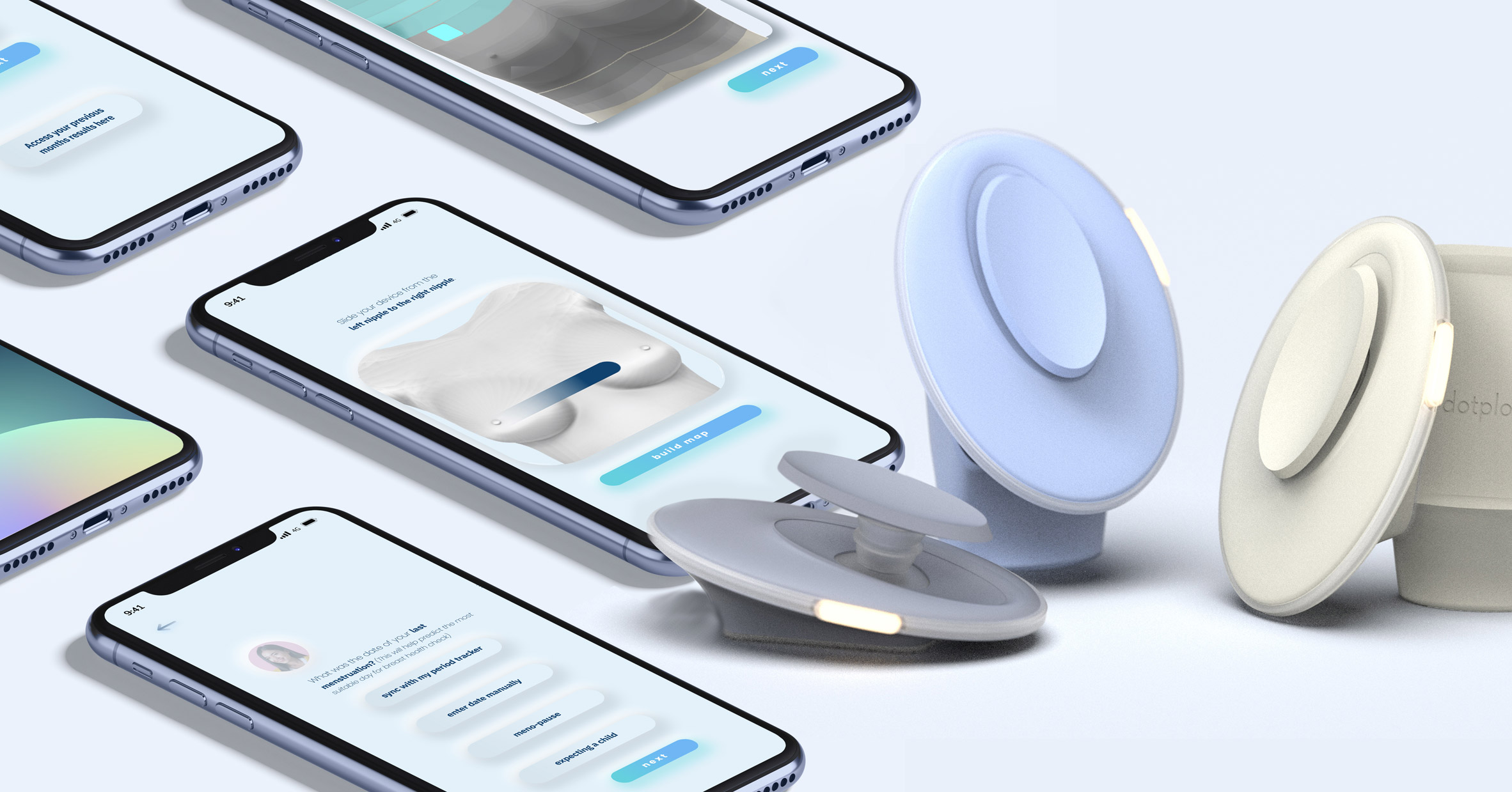 The device can be connected to an app that guides users as they check their breasts
The device can be connected to an app that guides users as they check their breasts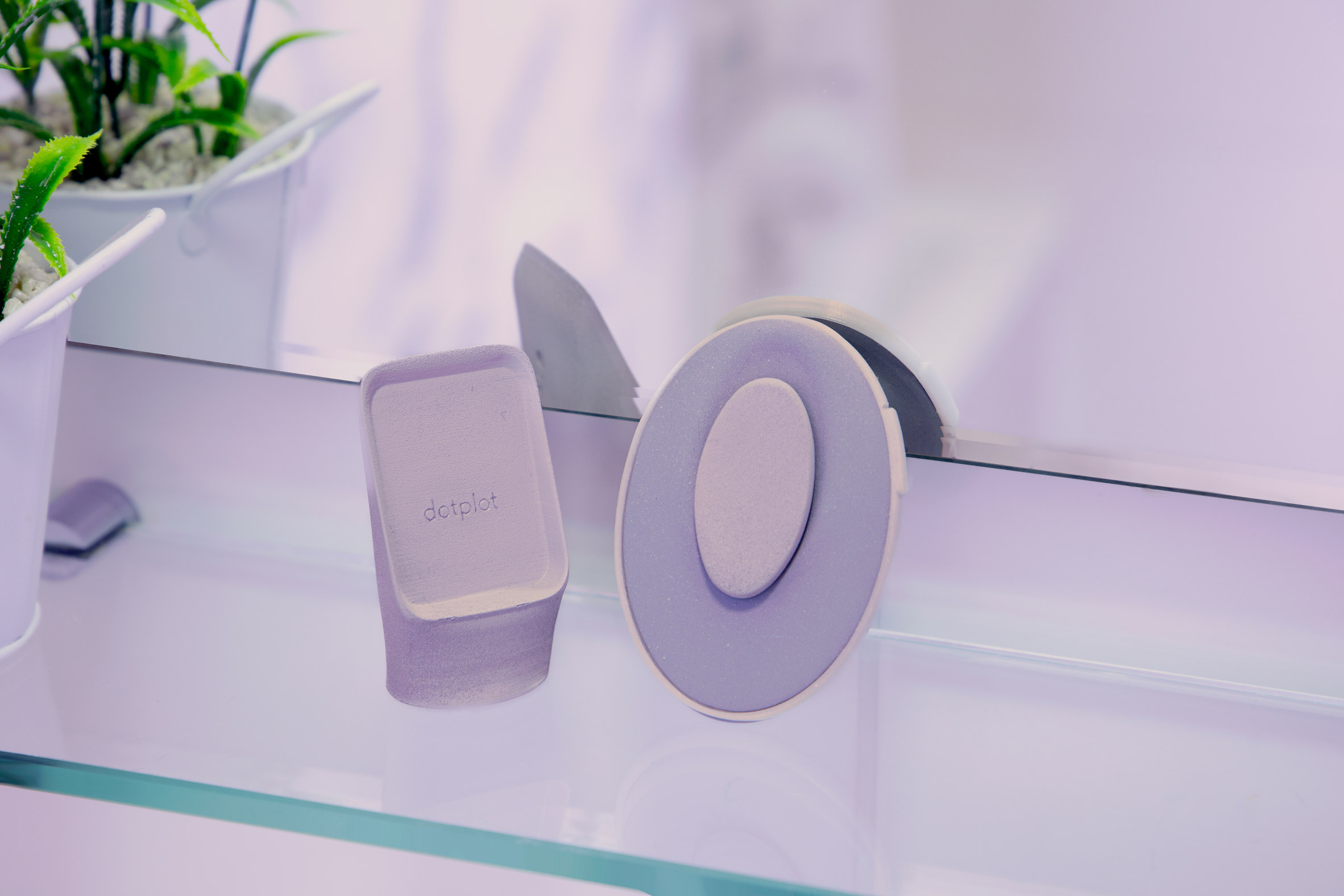 The tool builds a map of the user's chest and takes readings of their breast tissue
The tool builds a map of the user's chest and takes readings of their breast tissue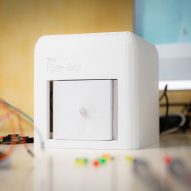
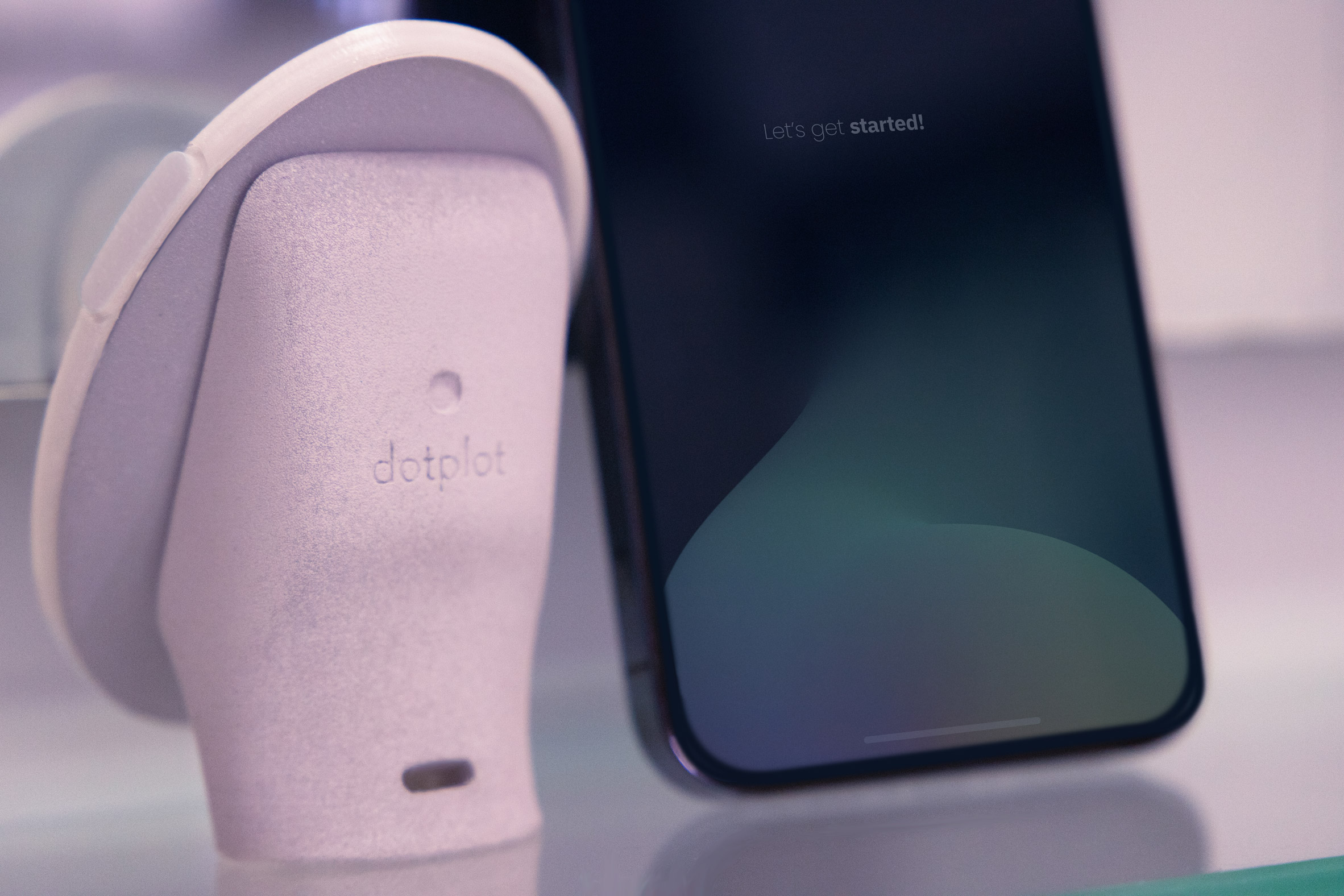 It comes in a choice of colours
It comes in a choice of colours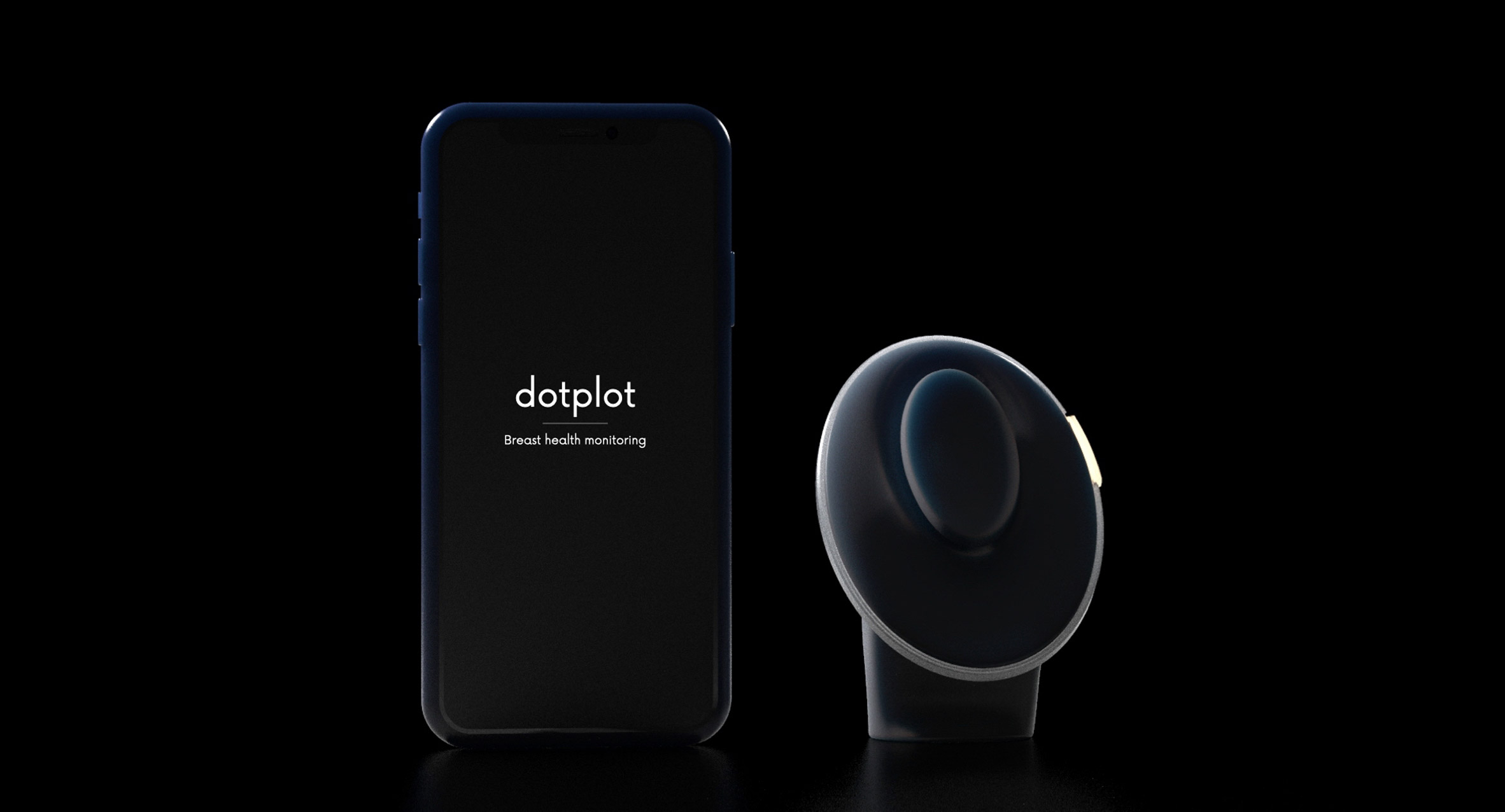 The students hope that it helps more women detect cancers earlier
The students hope that it helps more women detect cancers earlier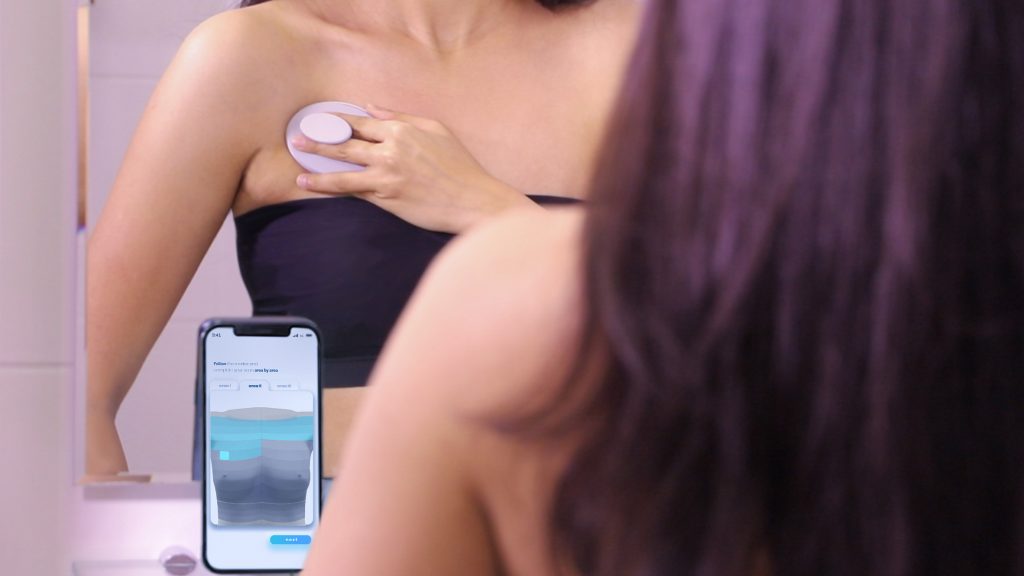
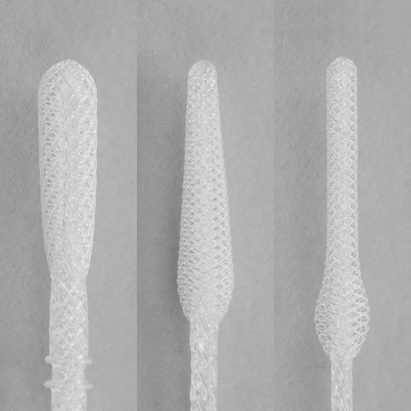
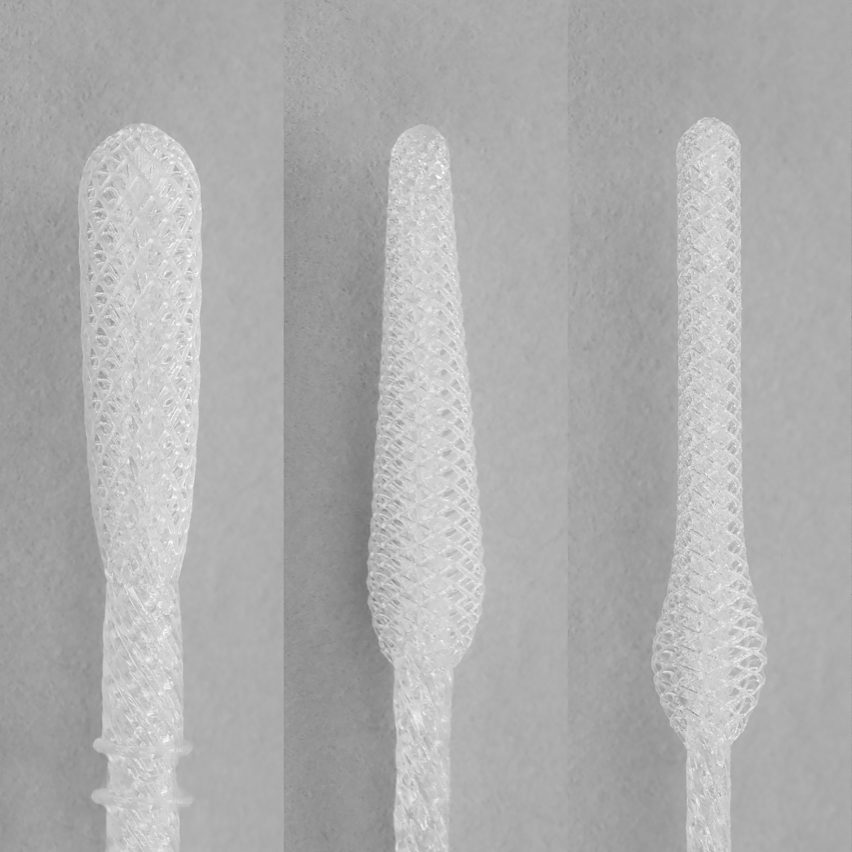
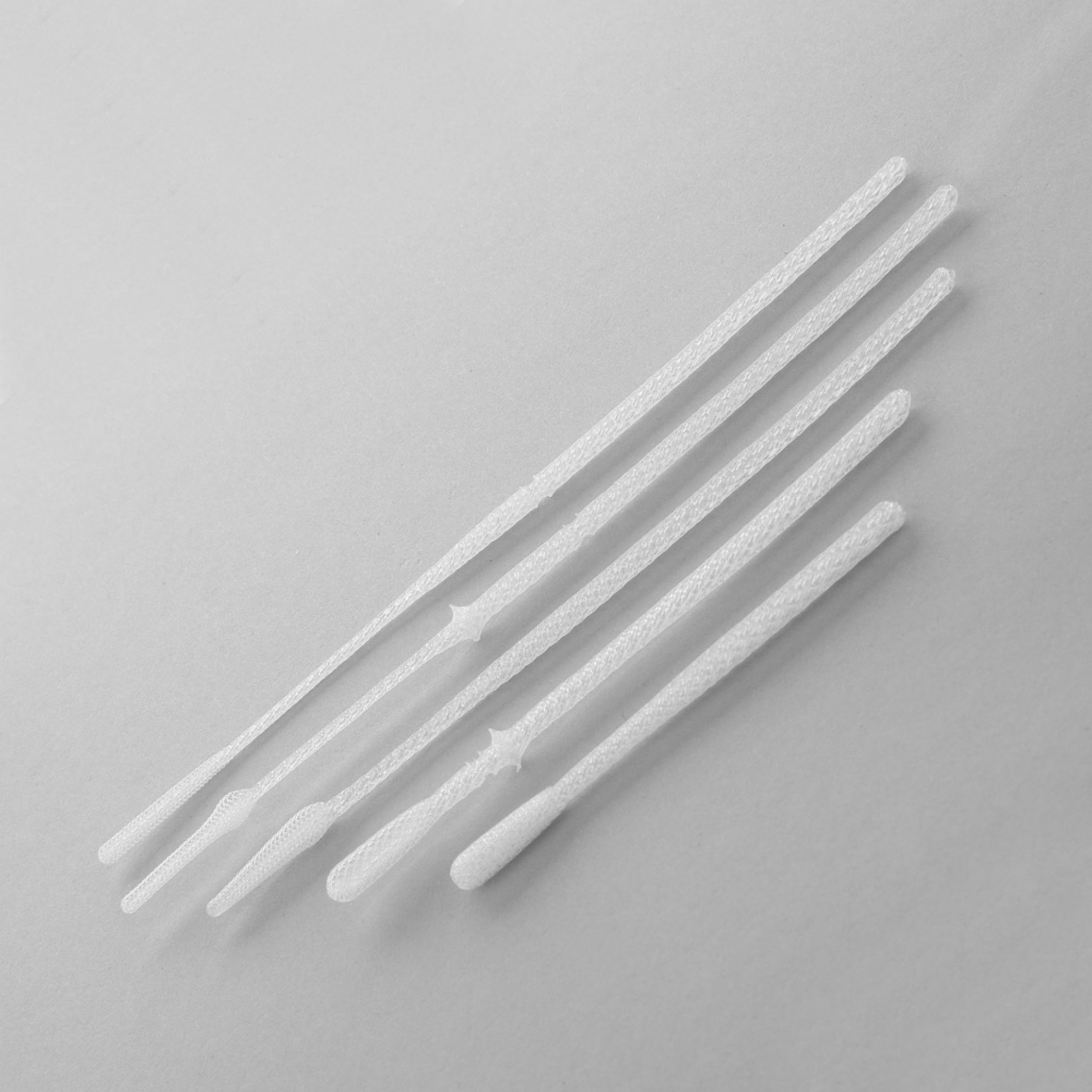 Five different InstaSwab models by OPT Industries
Five different InstaSwab models by OPT Industries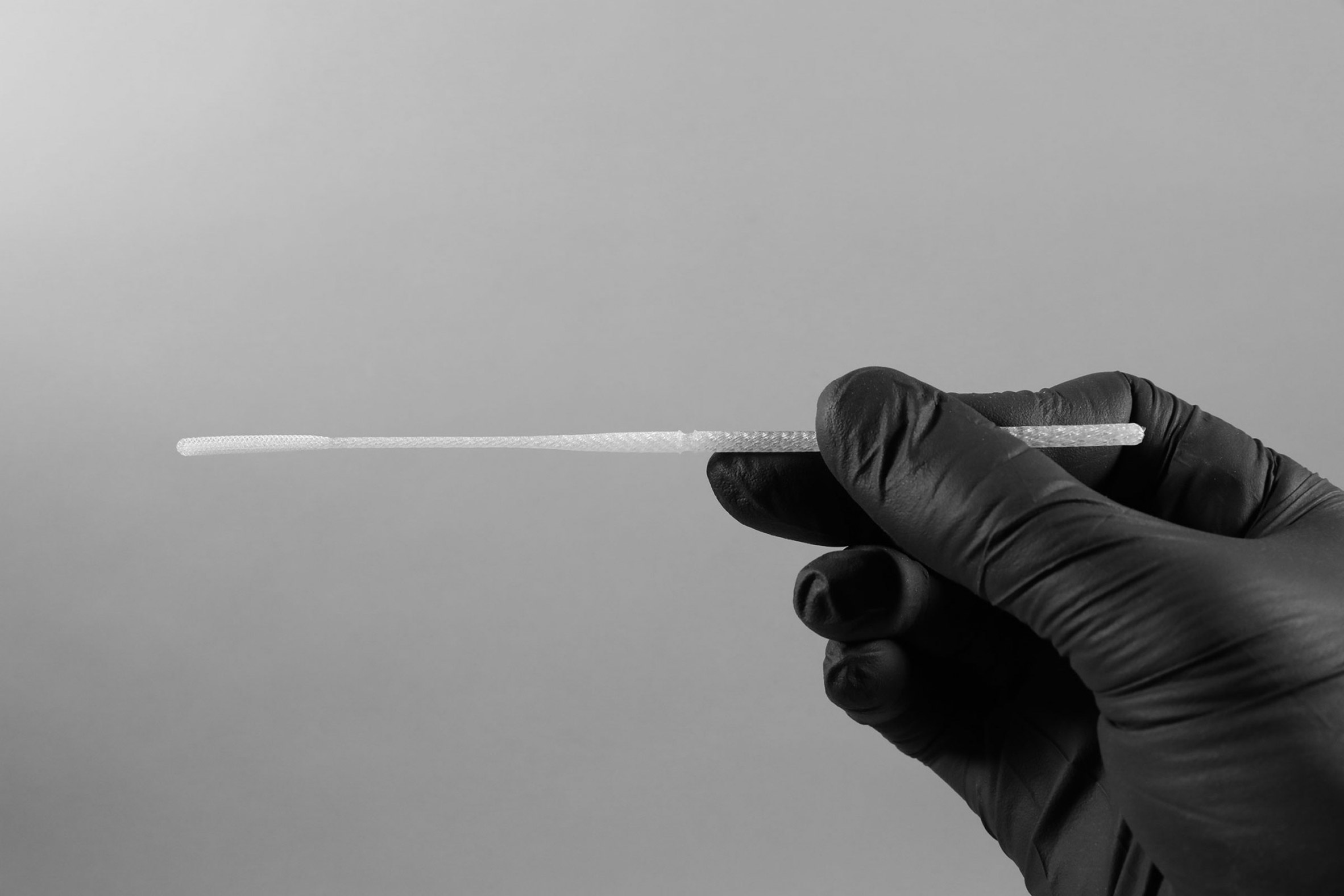 The pattern of fibres in each bulb allows the swab to morph, twist and expand
The pattern of fibres in each bulb allows the swab to morph, twist and expand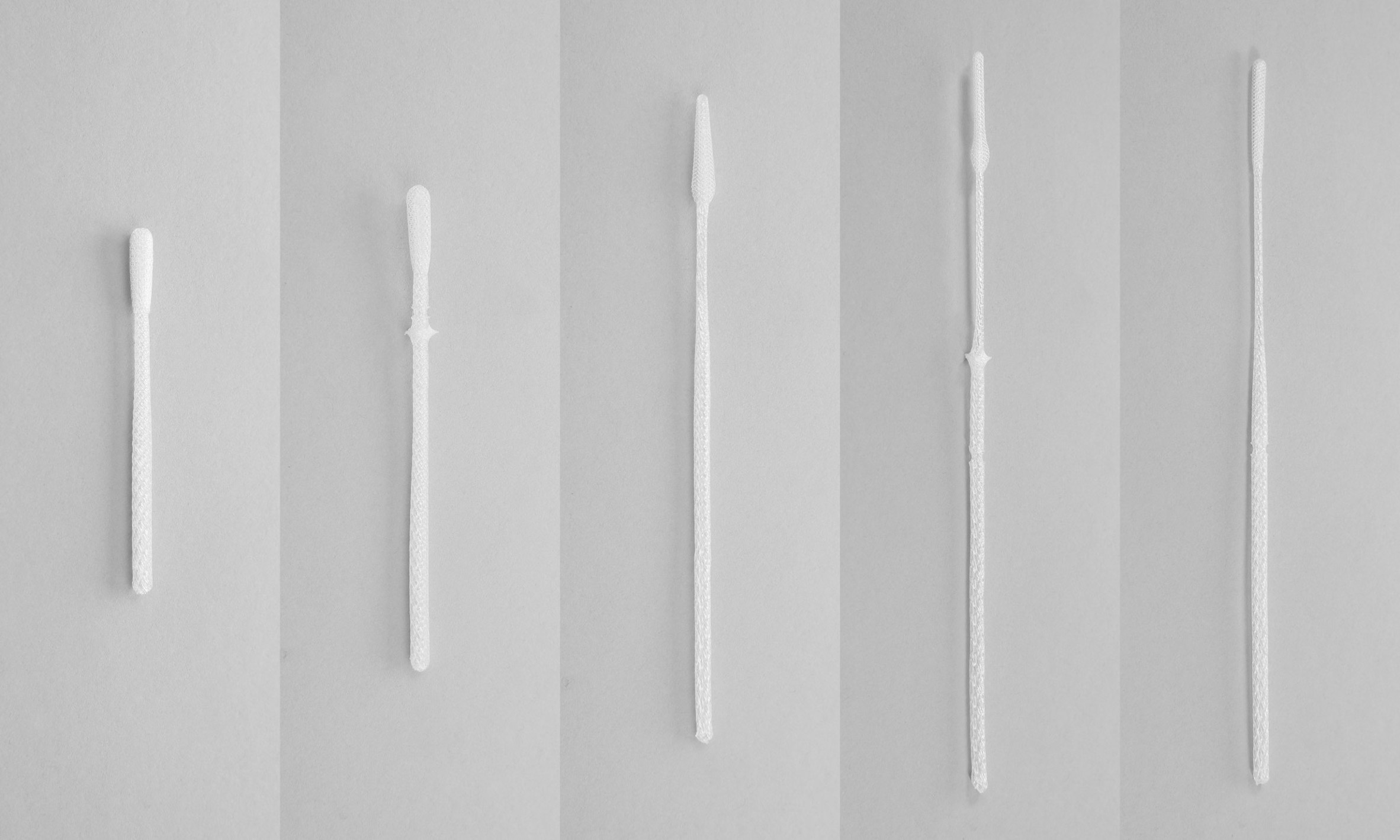 For Covid-19 testing, there are nasopharyngeal, mid-turbinate, anterior and saliva-based sampling swabs
For Covid-19 testing, there are nasopharyngeal, mid-turbinate, anterior and saliva-based sampling swabs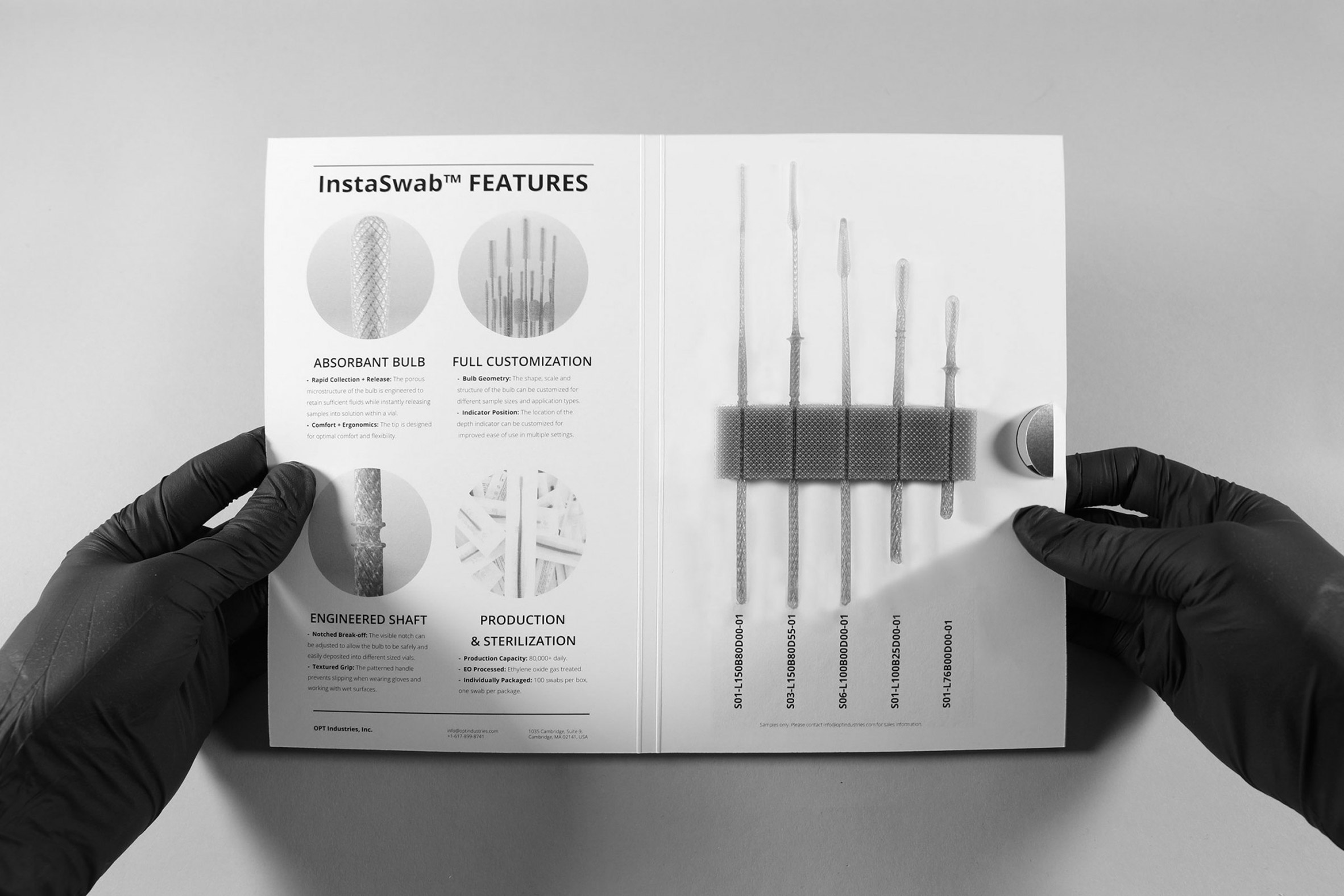 OPT Industries says its product is ideal for rapid diagnostic kits
OPT Industries says its product is ideal for rapid diagnostic kits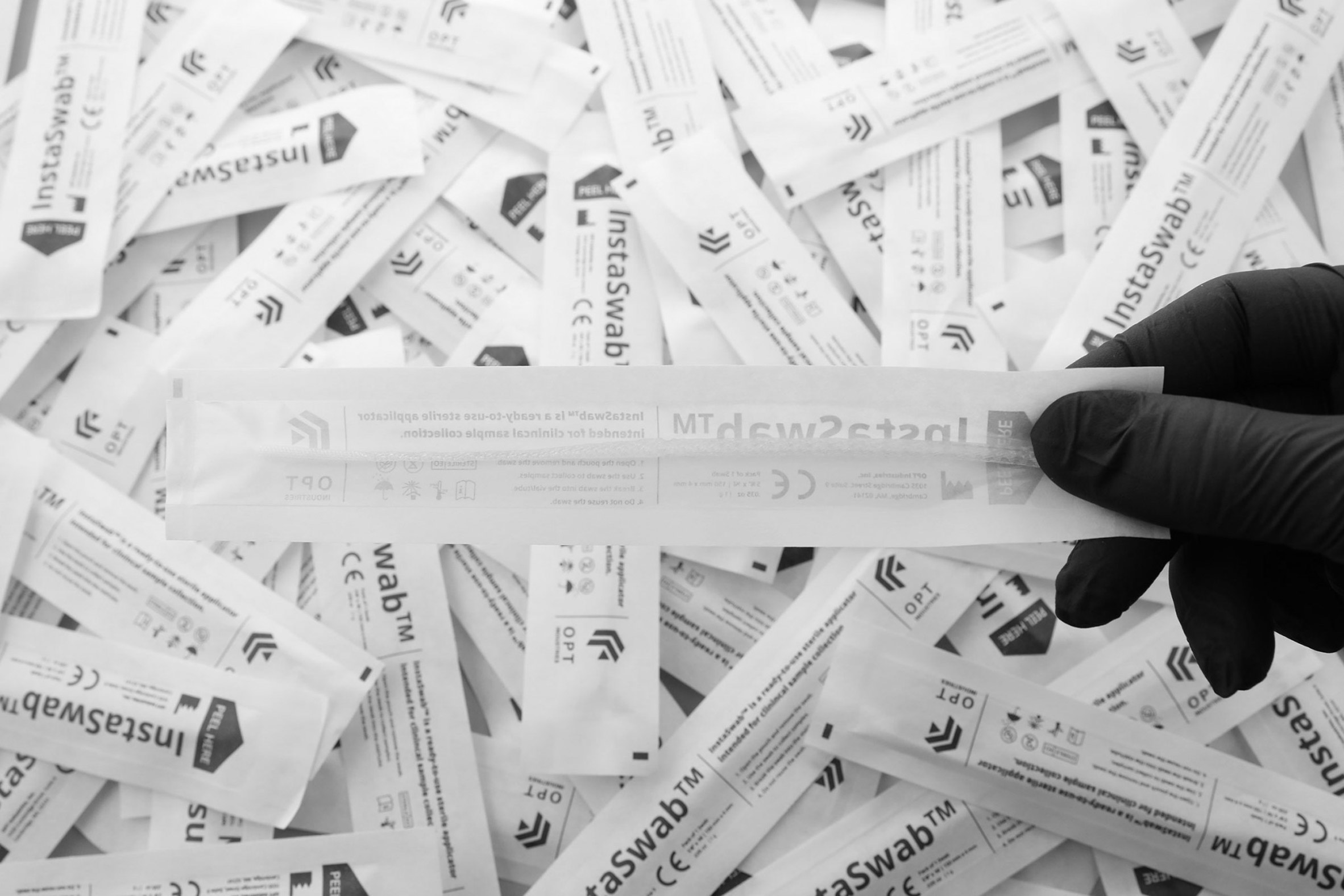 OPT Industries manufactured its swabs during the coronavirus pandemic
OPT Industries manufactured its swabs during the coronavirus pandemic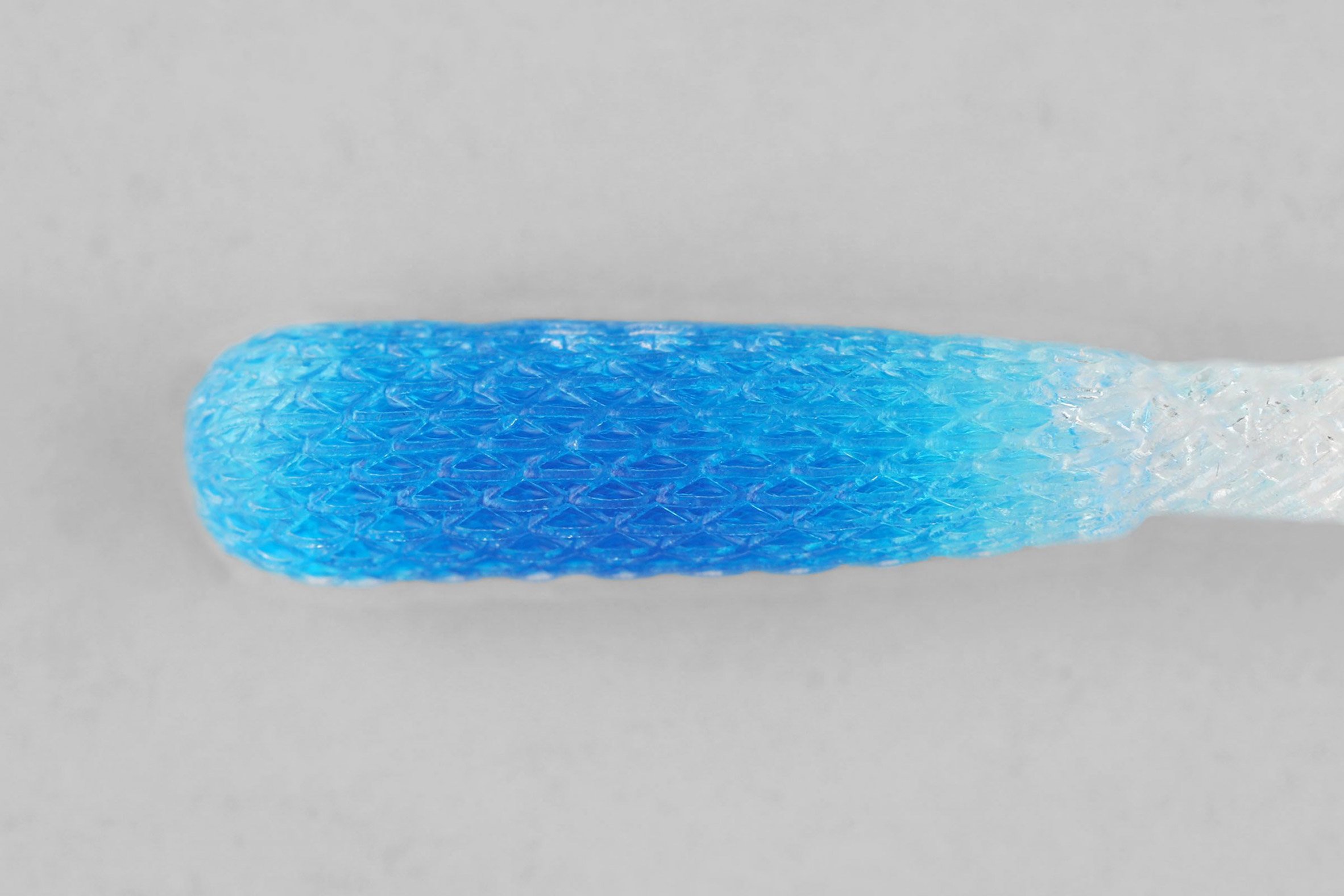 The swabs can absorb and expel fluid more efficiently than traditional cotton or nylon products
The swabs can absorb and expel fluid more efficiently than traditional cotton or nylon products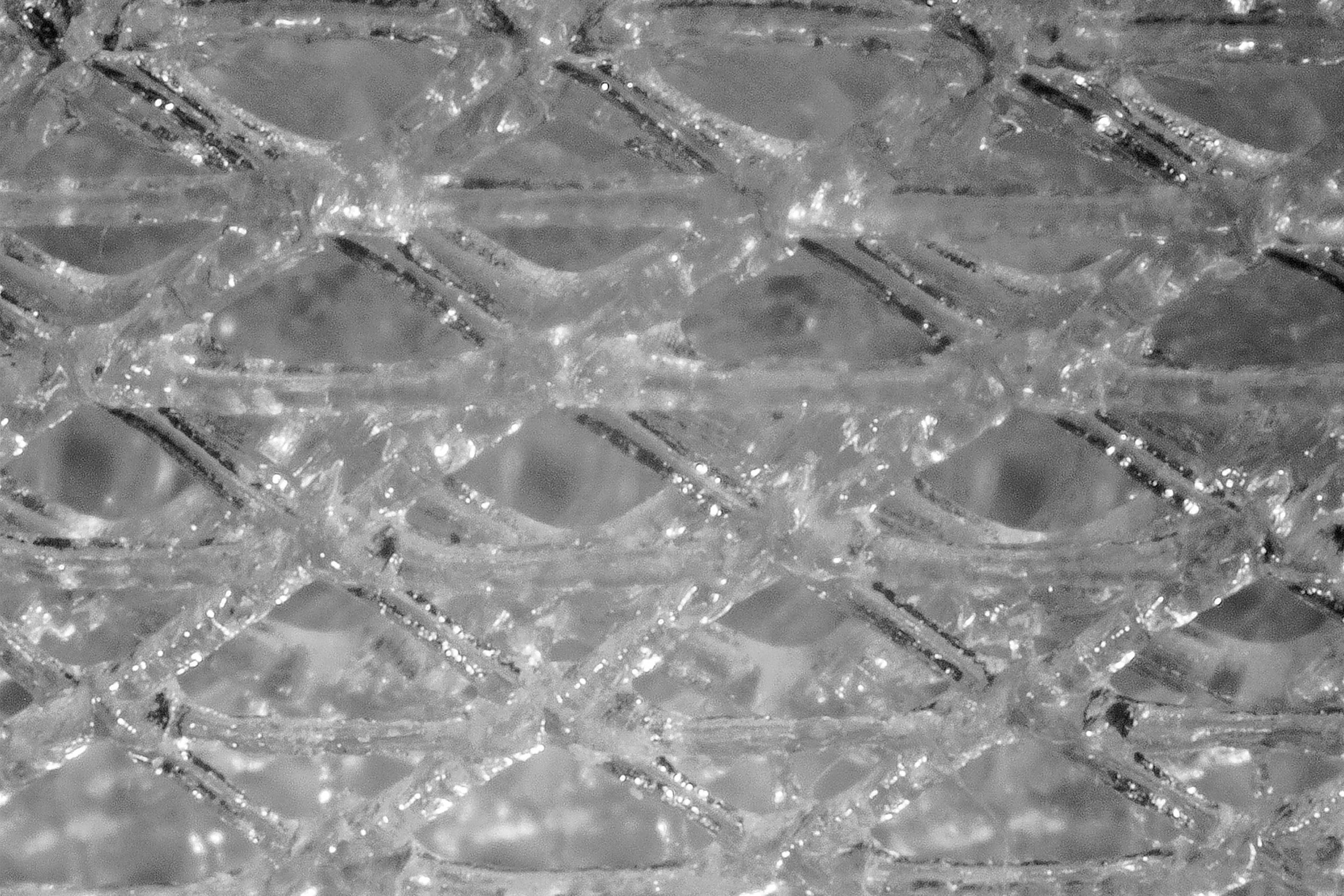 The fibres of the InstaSwab are finer than a human hair
The fibres of the InstaSwab are finer than a human hair